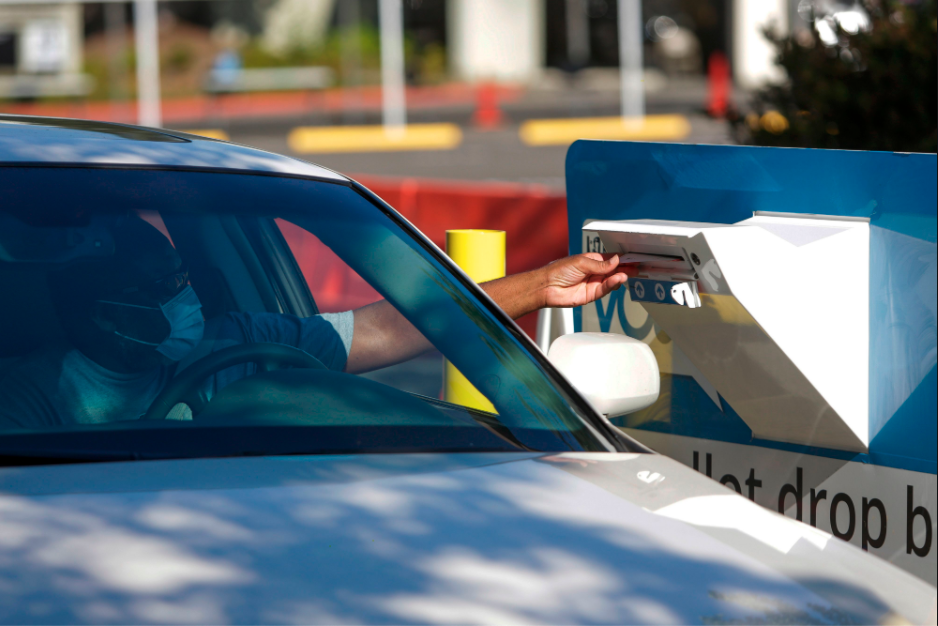
How each state is planning for the November elections
Believe it or not, November will soon be here and, with it, Election Day.
The Democratic National Convention runs from August 17-20 in Milwaukee, where the Democratic National Committee will formally announce former Vice President Joe Biden as its nominee for the president of the United States. The next week, the incumbent Donald Trump will likewise be touted at the August 24-27 Republican National Convention in Charlotte, North Carolina.
After conventions wrap up, there are just over two months for voters to make their final determinations before the general election, deciding who will get their backing, whether it's either the candidates nominated by the major parties or those who are running as independent or write-in candidates.
However, the November election will have other important props and initiatives on the ballot, too. Statewide and local measures will also be up for vote, including judicial positions, senate positions, and positions for state representatives. If it's important to vote in presidential elections, it can be even more important to do so at the state and local level, where the races are often close and one's vote has even more weight.
The 2020 election will be a historic event. This year, the global coronavirus pandemic has swept the country, making social gatherings and large crowds—such as those at polling locations—potentially hazardous. As such, many states are changing their policies to avoid long lines, crowded poll booths, and unsafe conditions.
Some states are still in the process of determining how they'll conduct their elections—and such things are subject to change as the coronavirus infection rates change, the states pivot their policies, and more. Be sure to check your state's up-to-date protocol leading up to Nov. 3.
From voting-by-mail, changing up polling locations, adding COVID-19 health measures, to even adding fraud prevention methods, many states are radically changing the way they're conducting elections. How will your state plan for the November general election?
This unique list was compiled by Stacker using verified government sources, trusted news articles, and other voting resources. Whether you're one of the American voters who wants their voice to be heard or someone who is simply interested in how this election will be run, read on to find out more.
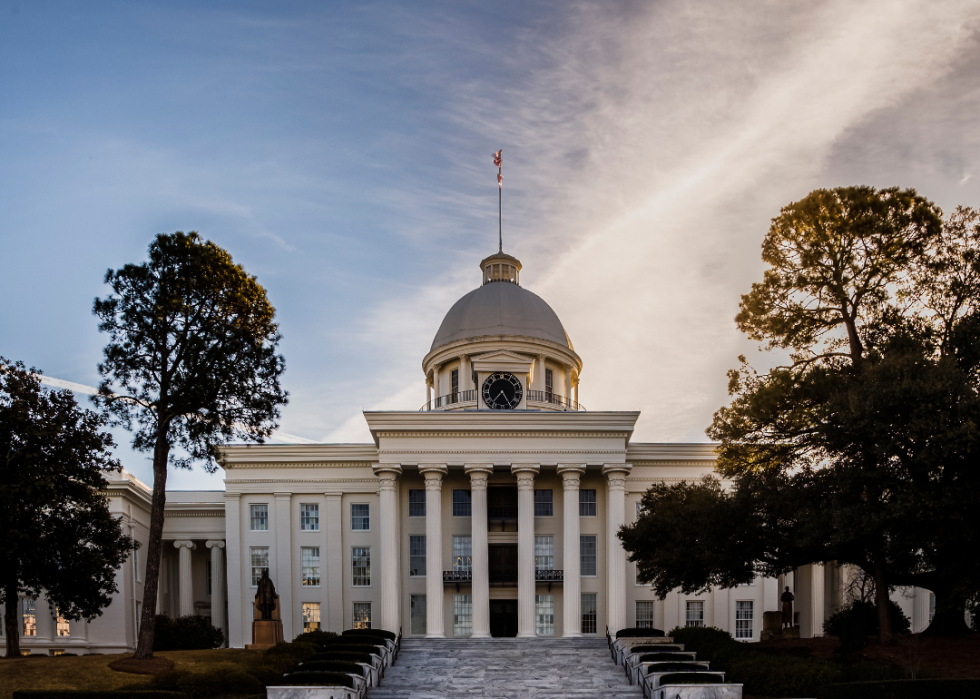
Alabama
Until now, Alabama has required that voters provide an excuse for casting an absentee vote. Amid the COVID-19 pandemic, Alabama became a battleground for absentee voting rights, with groups like the ACLU, the NAACP, and the Southern Poverty Law Center pushing to expand alternatives to voting in person. As of late July, the state agreed that those concerned about getting sick can check off a box citing a physical illness or infirmity preventing them from voting at their polling place in person.

Alaska
This general election could change how Alaska’s votes will be counted in the future. With Ballot Measure 2, Alaskans will get to choose whether they want ranked-choice voting. In addition, this measure would require politicians to identify donors who gave more than $2,000 and would create open primaries where voters get a ballot listing every candidate for office in each race.
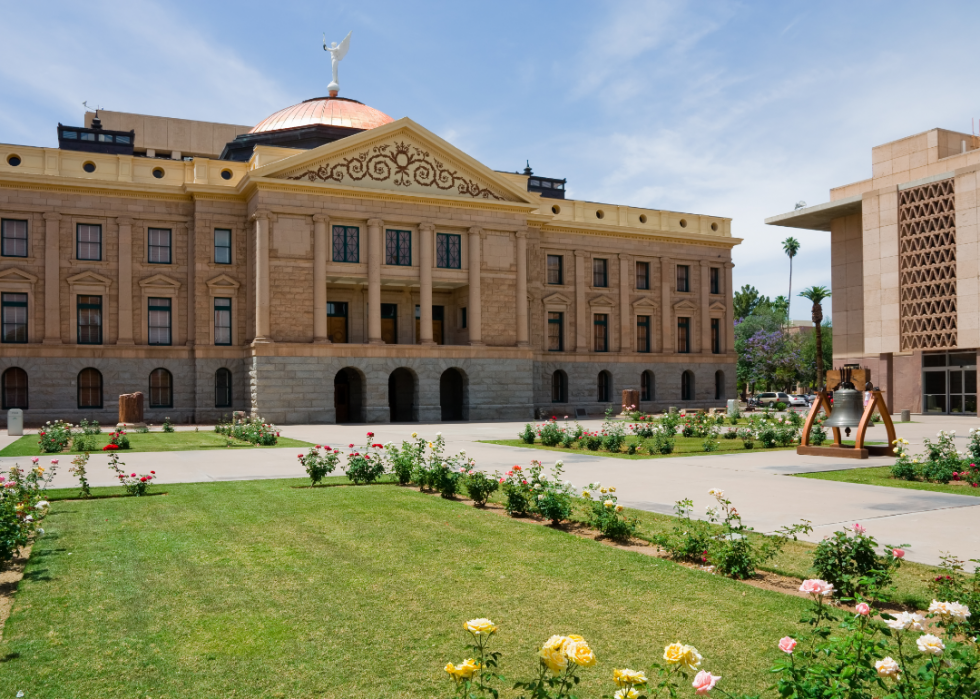
Arizona
Fun fact: 80% of Arizona residents are already signed up to receive their ballots by mail. The state has even set up a website so voters can double-check that their mailed ballots were counted. What’s more, Arizona allows additional options for early voting, with polls opening for voting up to 27 days before an election to avoid crowds and conflicts on Election Day.
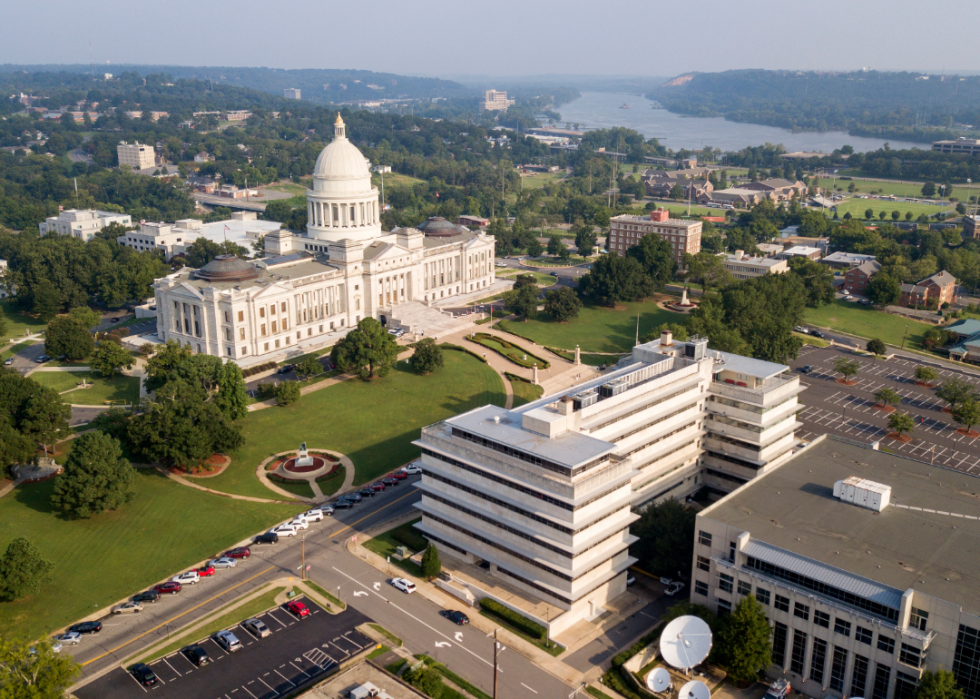
Arkansas
While the state is making accommodations to try to keep in-person polls safe by providing masks, allowing for social distancing, and providing partitions between booths, Arkansas voters who refuse to wear a mask won’t be banned from in-person polling locations. Likewise, any voters who seem to be ill can’t be banned from voting, but can be sent to a separate area or voting device.
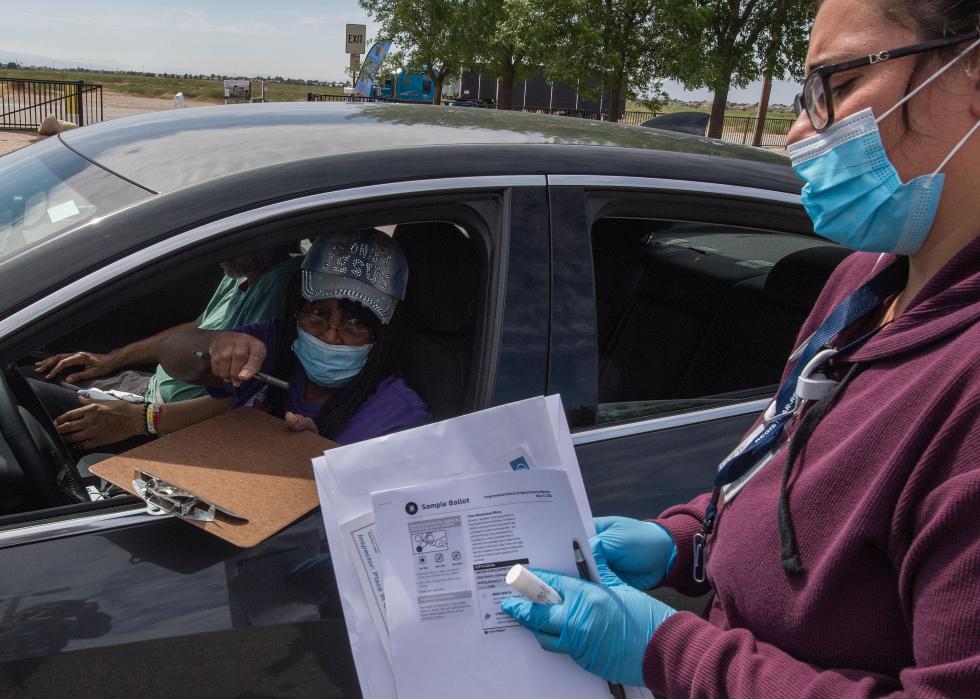
California
California Gov. Gavin Newsom has given several new directives for the 2020 general election. First, all of California's 20.6 million voters will be sent an absentee ballot. Second, counties will be allowed to limit in-person voting on Nov. 3 in order to provide adequate distancing and avoid conflicts. However, those locations must also offer three days of early voting.

Colorado
Colorado already has a robust mail-in ballot system. In addition to early voting and in-person voting, seven years ago the state decided to send mail-in ballots to every registered voter. Now, other states are looking to Colorado as a model for adjusting their own elections amid the pandemic.

Connecticut
Connecticut made sweeping changes to keep its voters safe during the 2020 election, passing legislation allowing for no-excuse absentee ballots. The measure effectively extends the excuse of “sickness” so that it covers not just those who are ill, but anyone who is concerned about potentially getting sick at polling locations.
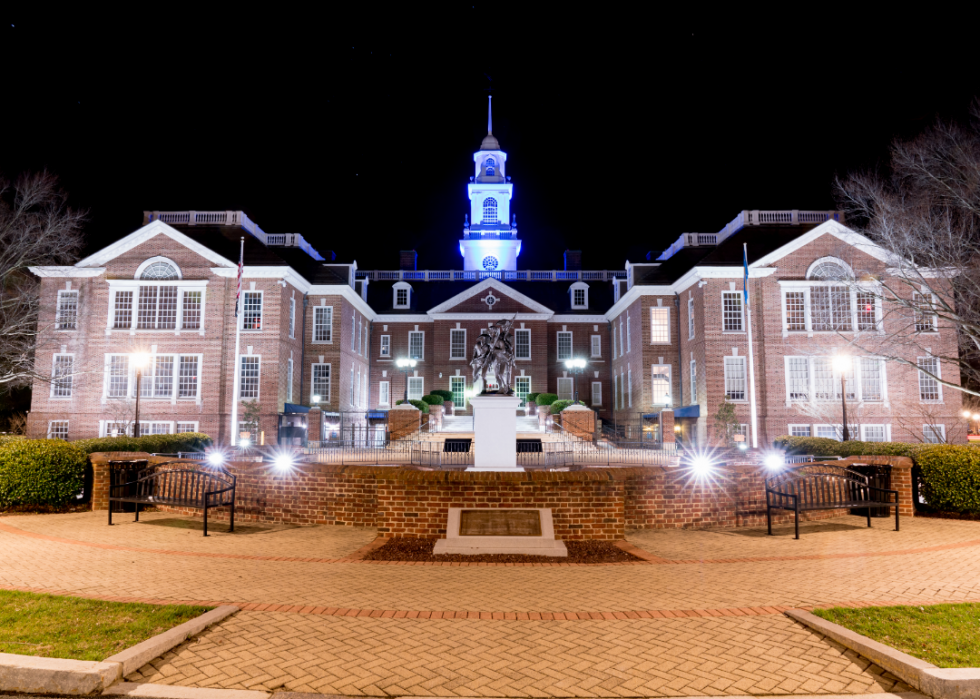
Delaware
All Delaware voters will have an absentee ballot mailed to them 60 days before the general election. Though Delaware had started a pilot system for internet-based voting called OmniBallot, it ultimately dropped that method due to concerns about security, voter manipulation, voter privacy, and fraud.
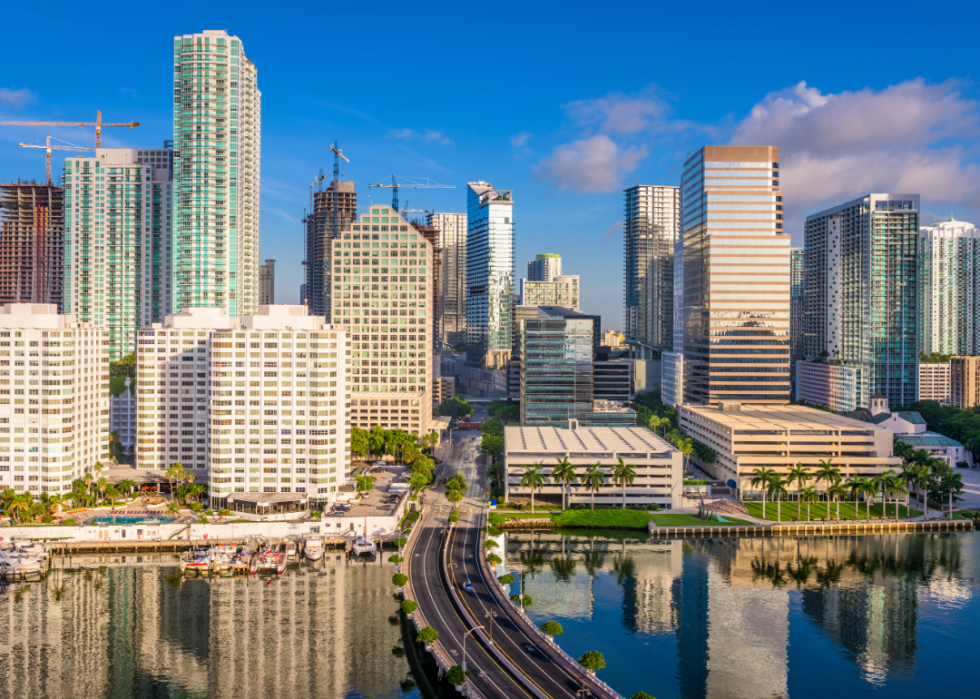
Florida
Get out the vote campaigns targeted Florida, a swing state where an estimated 5.6 million eligible voters were not registered. Because of COVID-19, these groups ramped up their mailing and digital campaigns. According to the Tampa Bay Times, the Voter Participation Center and Center for Voter Information sent mail to 2.3 million prospective voters.
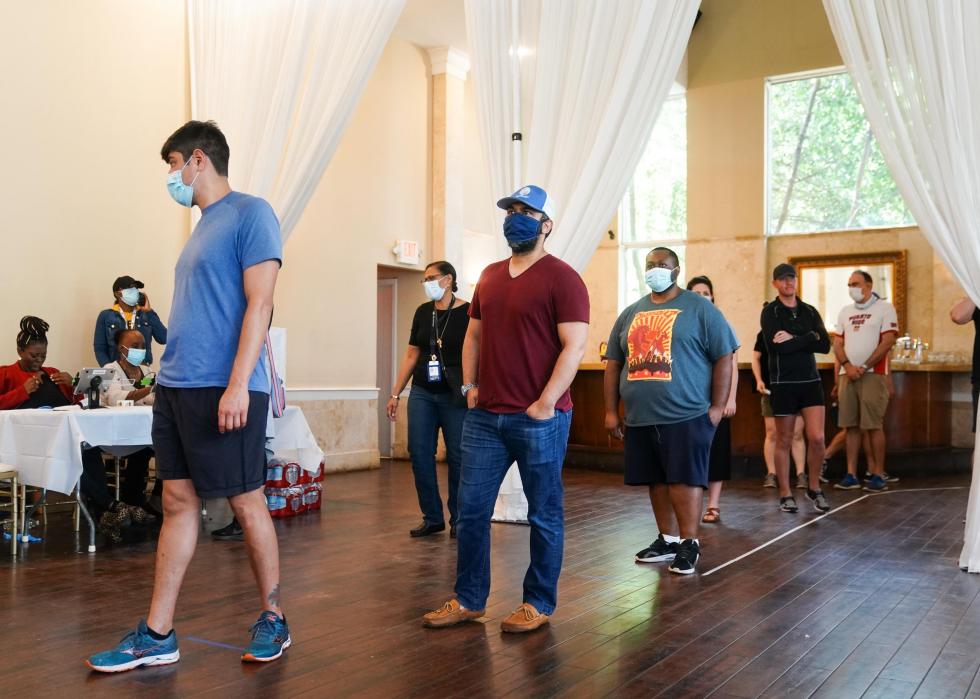
Georgia
Georgia encountered major problems during this year's primary election. New voting machines ended up going missing or malfunctioned. Lines stretched around blocks and thousands were sent to an Atlanta restaurant to cast their votes. Now, voter reform groups are targeting Georgia for the November election.
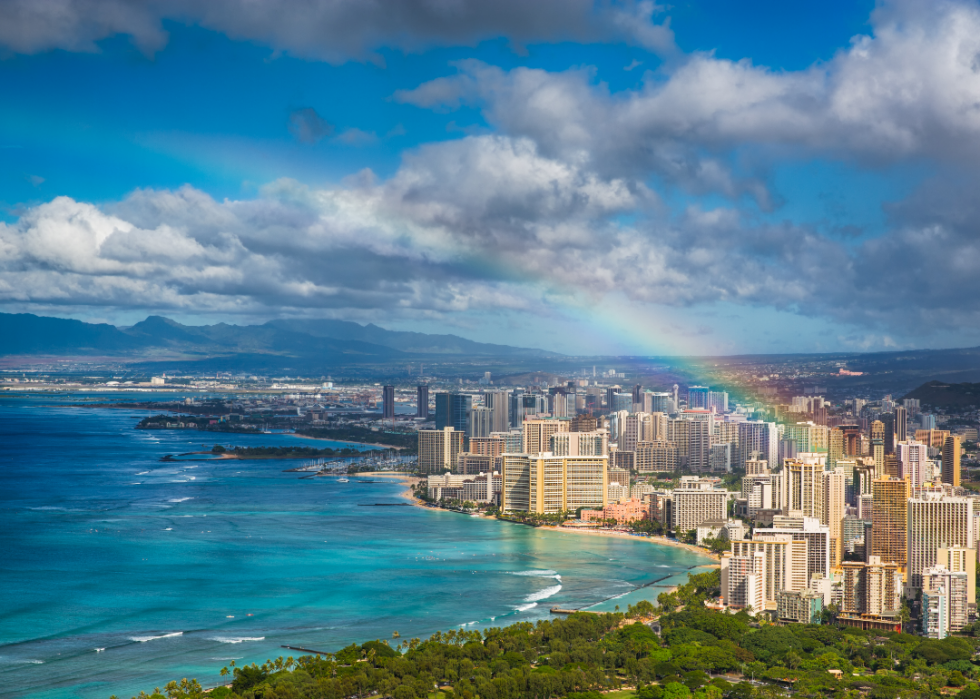
Hawaii
Almost 5,000 miles away from Washington D.C., Hawaii has some of the lowest voter turnout in the United States. In 2019, the state turned to all-mail elections to remedy that. For the November general election, registered voters in Hawaii should find ballots in their mailboxes 18 days before the election. Ballots will be counted at the Hawaii Convention Center.
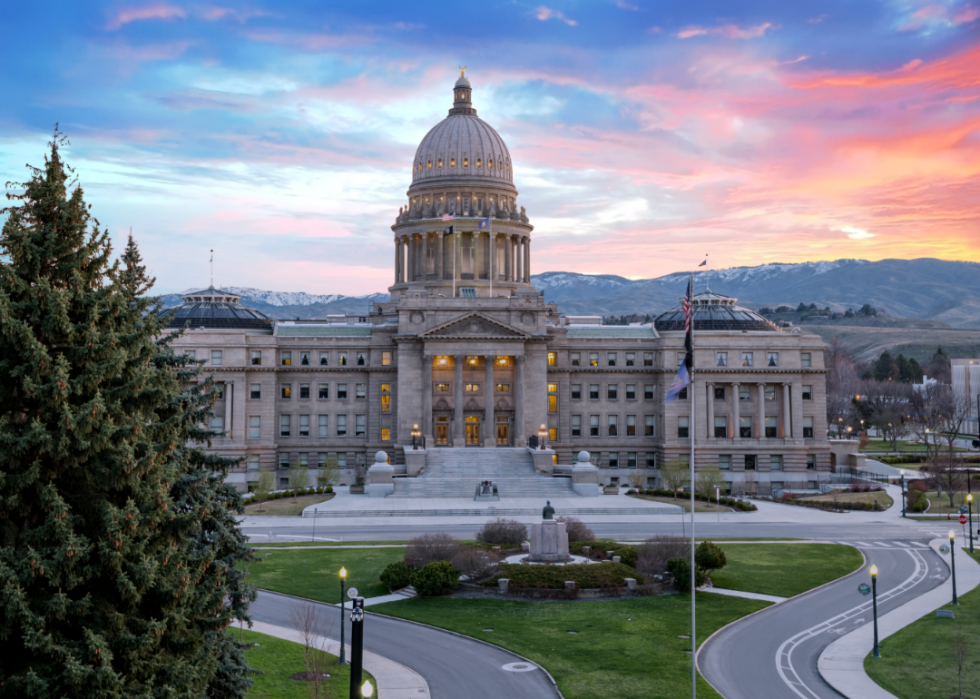
Idaho
While Idahoans voted by mail for their recent primaries, the state currently plans to open in-person polling centers for the November election. However, it’s considering changing some of its regular protocol to protect at-risk populations by, for example, not hosting polls in places like senior centers.
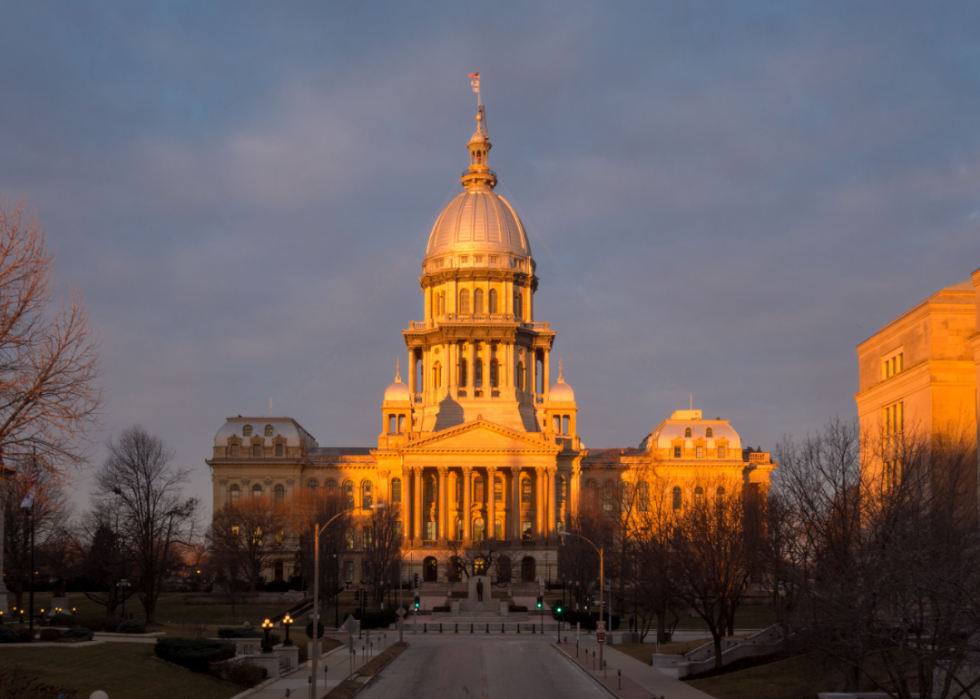
Illinois
The state of Illinois is gearing up for what’s expected to be a record number of mail-in ballots. Watchdog organizations like the Better Government Association are now focusing on registered and potential voters without regular internet access, as they may not have registered to vote online or were missed by digital outreach initiatives.
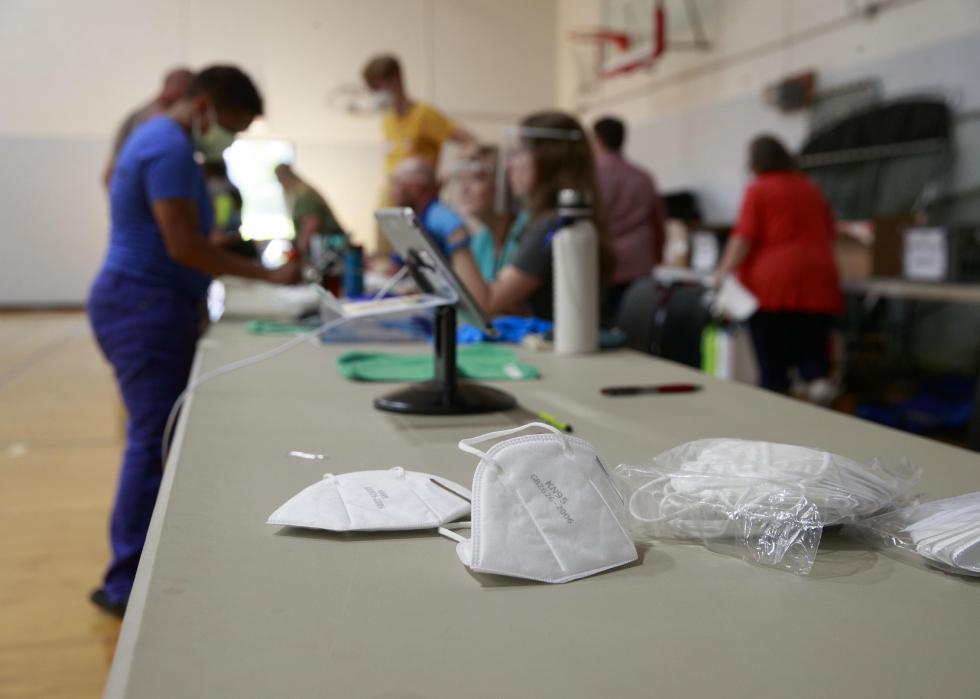
Indiana
While Indiana is offering early voting access up to a month before the general election, the state has not yet expanded mail-in ballot access. Now, a lawsuit from the NAACP and Common Cause of Indiana requests the state to push the ballot deadline so that potential mail delays don’t render ballots invalid.
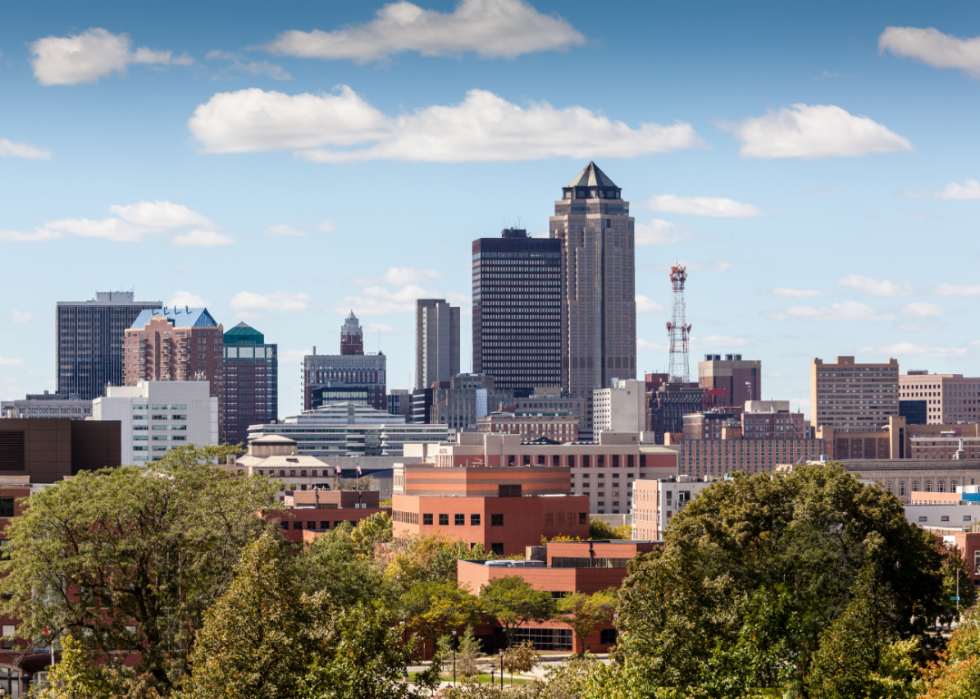
Iowa
Iowa kicks off early voting in October. The state is also readying for a large number of absentee ballots. In June, Iowa surpassed not only its record number of absentee votes, but also an overall record voter turnout.
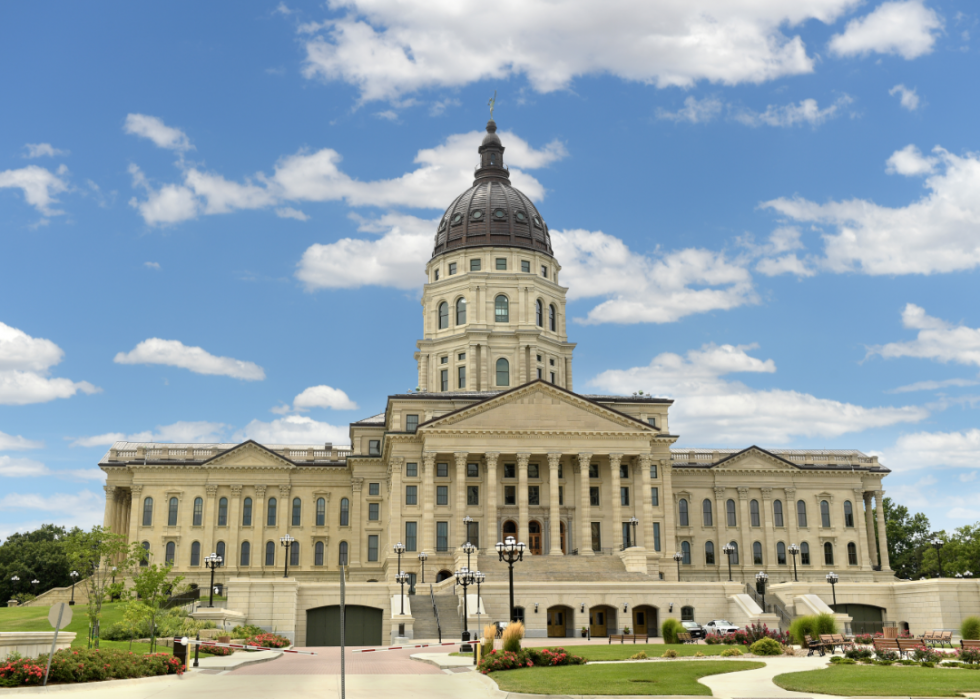
Kansas
In what could be called a dress rehearsal for the general election in November, in-person voters at the recent primary elections in Kansas were met with stickers on the floor marking where to stand in order to enforce social distancing and pre-packaged pens to fill out their ballots, with election workers doing their duties behind plastic or plexiglass partitions. While there were fewer polling locations in some counties, the election board aimed to make the individual polling locations larger. Voters were encouraged to wear masks, though that measure wasn’t enforced.
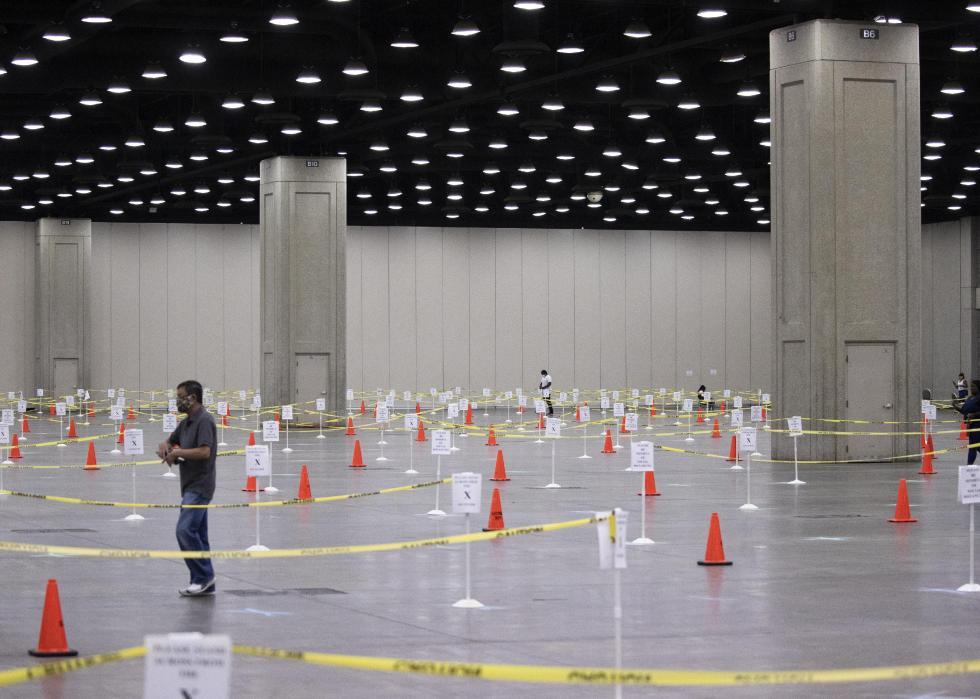
Kentucky
Kentucky came under fire during its primary election because the state limited the number of in-person polling locations, though it’s worth noting that 75% of the ballots were cast by mail. For the general election, the secretary of state said he wanted to expand mail-in voting options for the elderly and vulnerable populations, but said he doesn’t want to expand it for all voters. The reason? He says the state may not be able to handle a huge influx of mail-in ballots. The governor, on the other hand, is fighting to expand vote-by-mail options.
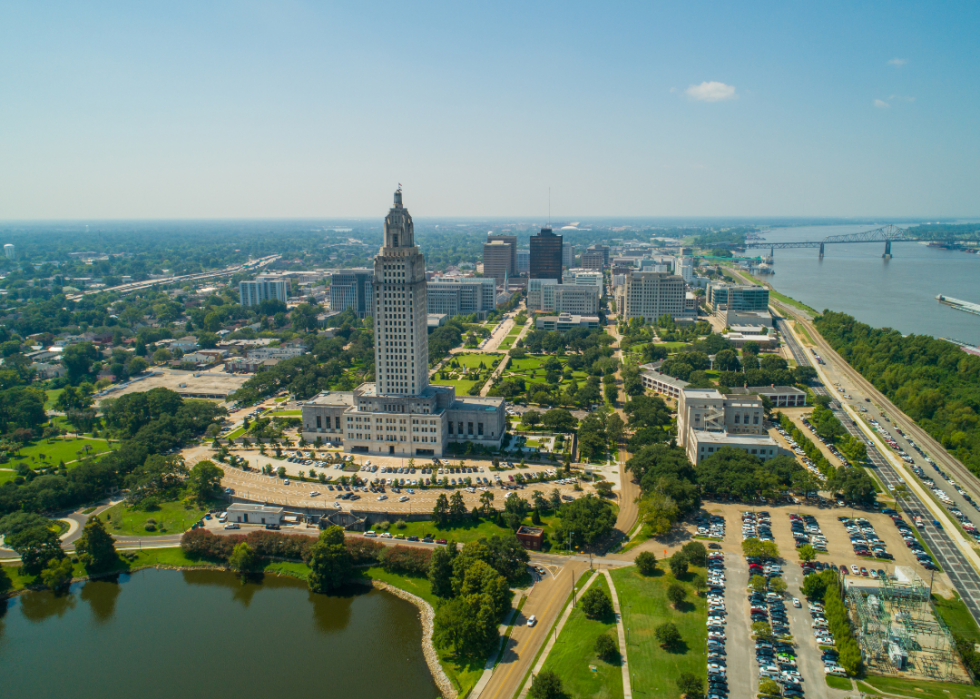
Louisiana
For the primary, Louisiana expanded its vote-by-mail options to accommodate those concerned about coronavirus exposure. However, that may not be the case for November. Because of that, voting rights advocates filed a lawsuit against the governor and the chief elections officer to expand the options for voters, both in regard to voting by mail and early voting.
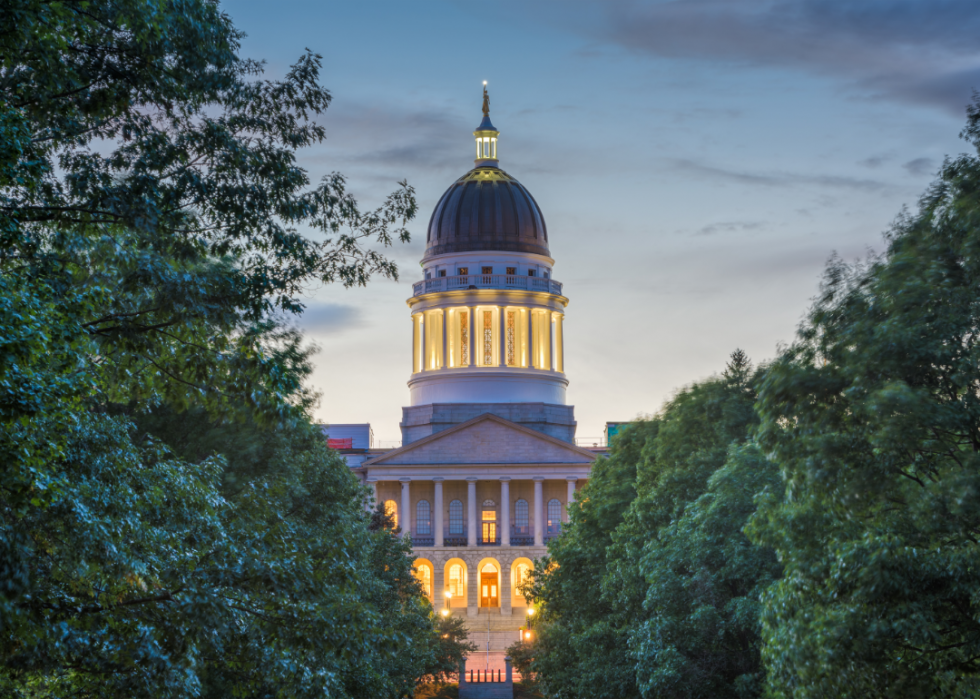
Maine
While a record 200,000 people requested absentee ballots for the primary, that recent election proved to have a low turnout. However, the November election may draw more voters. Maine will be the first state to do ranked-choice voting in a presidential election.
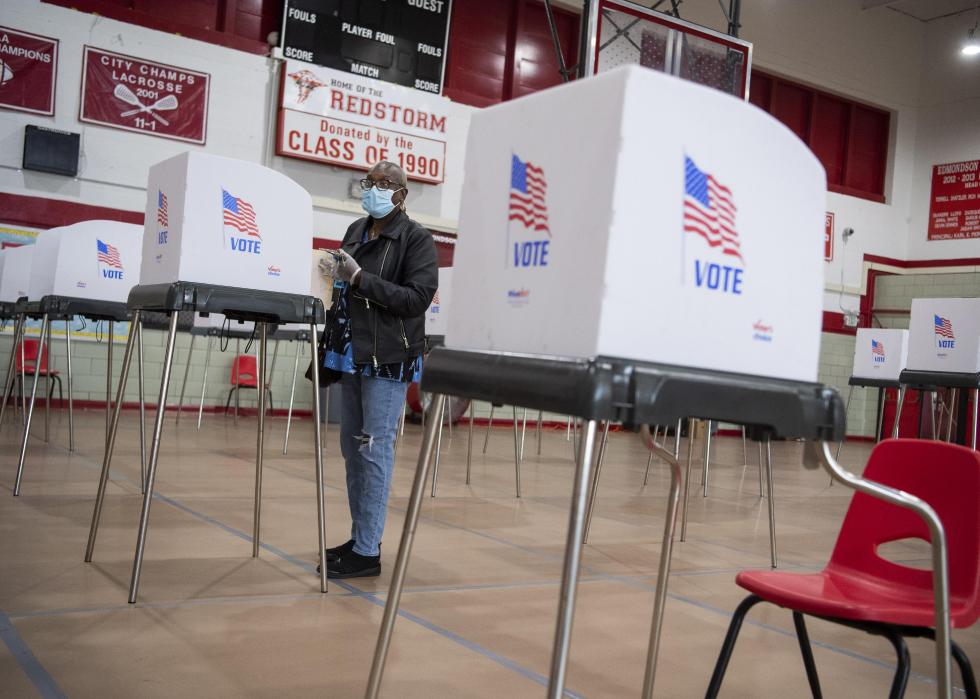
Maryland
Maryland election officials are in a bind: They say they are short nearly 14,000 election judges, calling the poll worker shortage an "emergency." Many of the workers dropped out because they are older and at-risk for COVID-19. This comes after issues with mail-in ballots and long polling lines for the primary election.
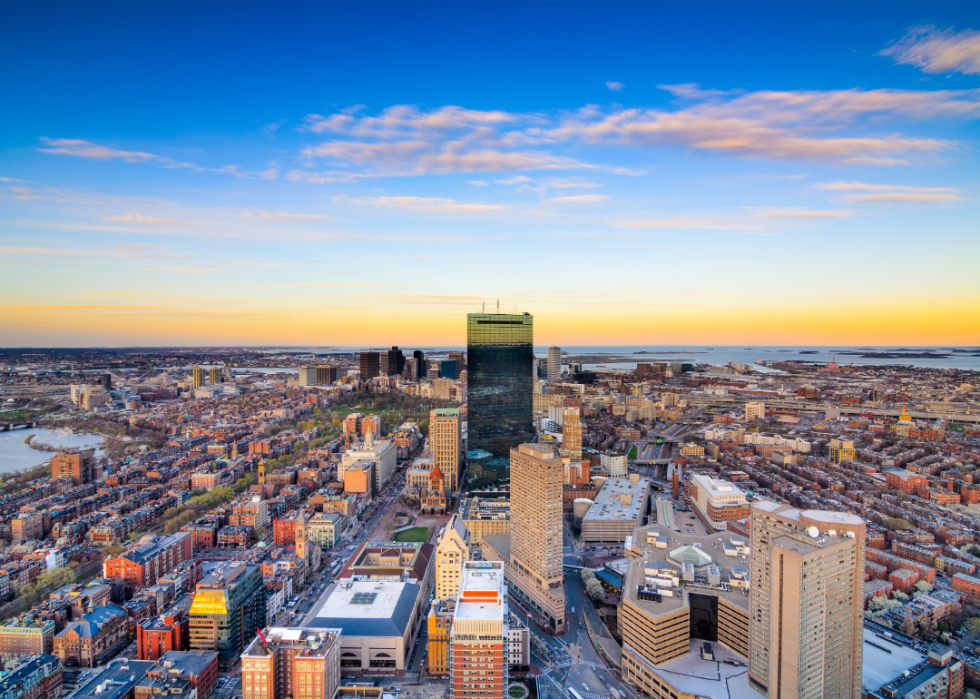
Massachusetts
Massachusetts has a few pending measures that could impact the 2020 general election. That includes expansions of absentee voting, establishing voting by mail for 2020, mailing ballots to all registered voters, and expanding the secretary of state’s power to postpone elections amid emergencies.
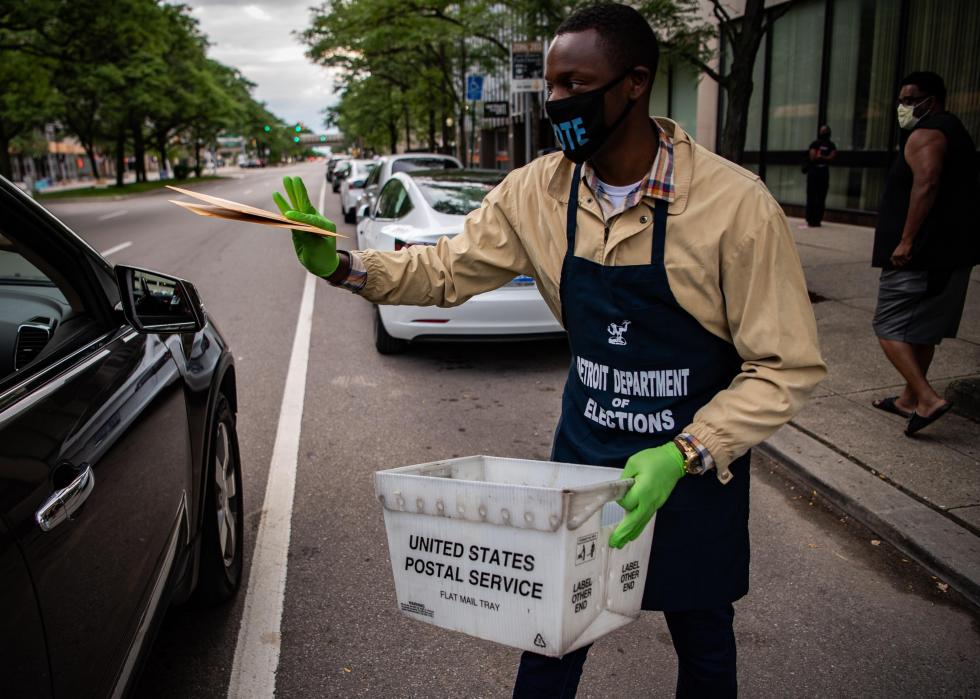
Michigan
Michigan is preparing for a record number of absentee ballots—and, as a result, potential delays delivering results. It had a large number of absentee ballots for the recent primary, and expects up to 3 million such ballots in November.
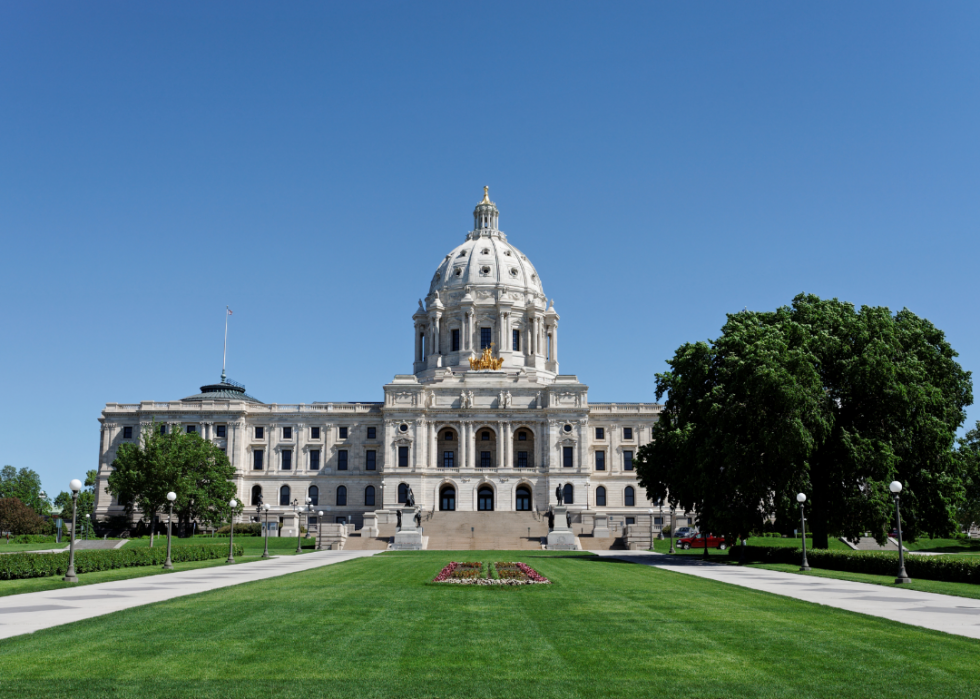
Minnesota
For the August primary election, the state does not require an excuse for obtaining an absentee ballot, and the secretary of state waived the absentee voting witness requirement. This may be necessary for the general election, too. The Minneapolis elections director said she expects up to 70% of the votes in November to come via absentee ballots.
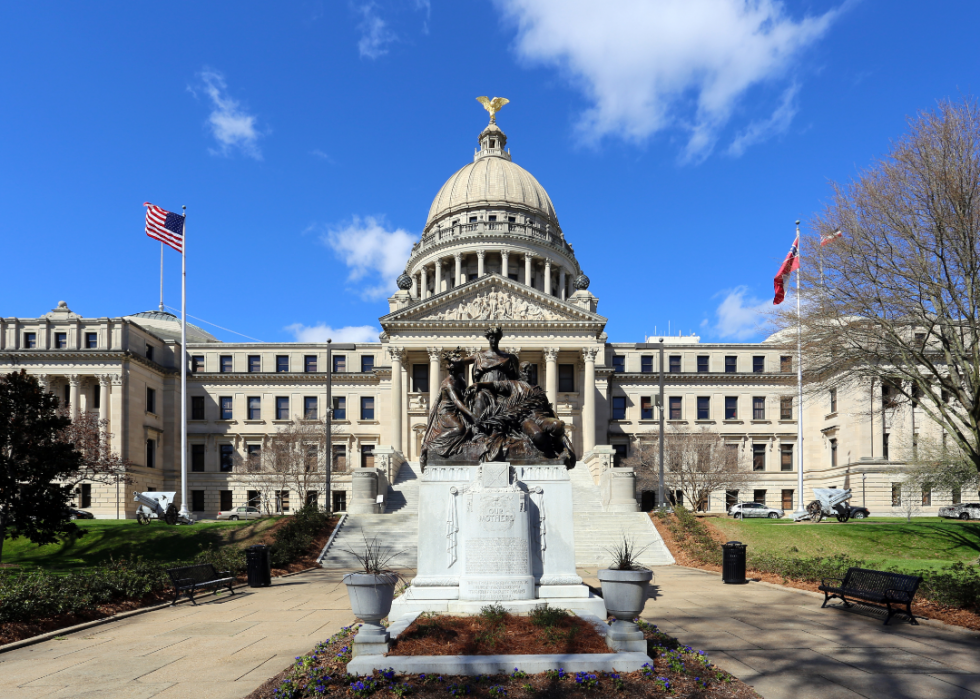
Mississippi
While some states are loosening their absentee ballot protocol, Mississippi has held onto stricter standards—at least, so far. Voters must show up to in-person polling places or need an excuse to obtain an absentee ballot. One change? Voters who are under quarantine for COVID-19 fall under the allowed excuses.
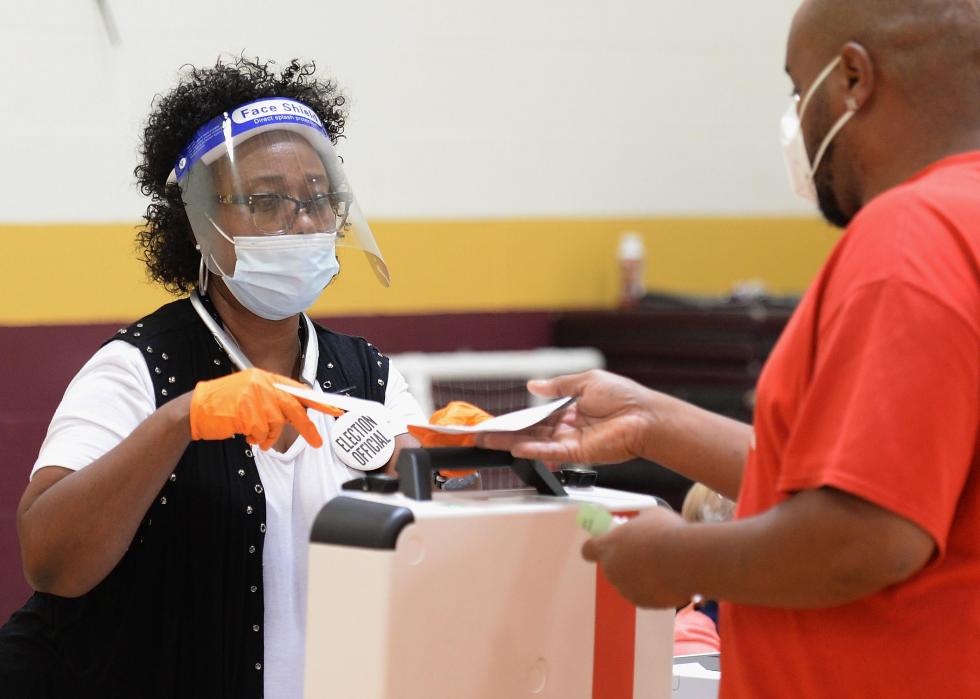
Missouri
Don't expect delays in Missouri. Officials anticipate their election results will be on time. That's due, in part, to the fact that it's an in-hand state—all ballots, whether absentee or mail-in, must be in by the time polls close on Nov. 3 in order to be counted. Plus, Missouri clerks are permitted to start putting mail-in ballots through the system up to five days before Election Day.
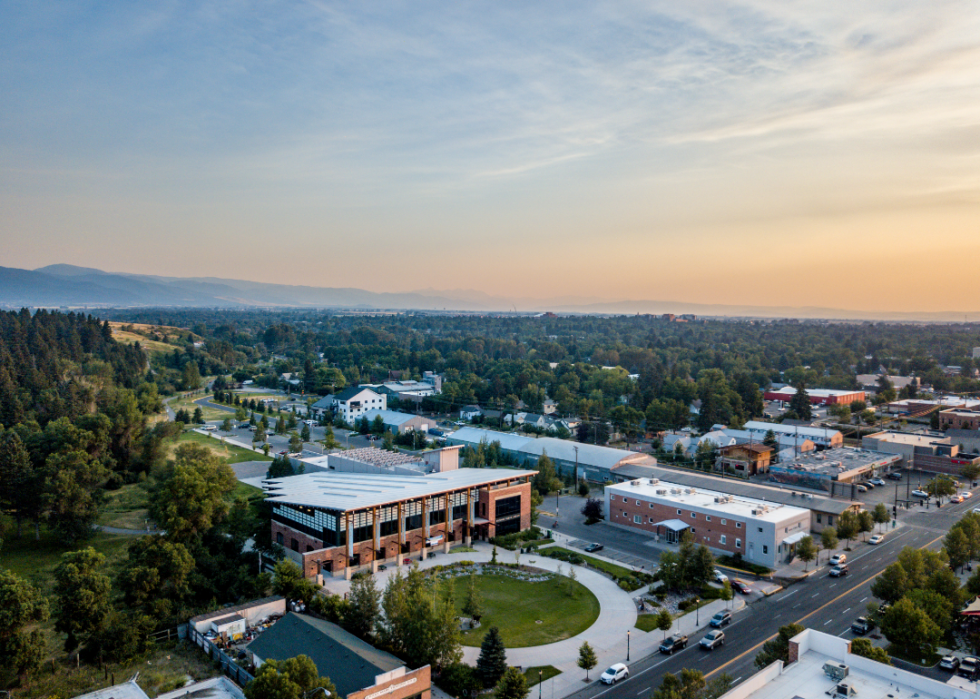
Montana
Leading up to this election, Native groups in Montana are fighting against the Ballot Interference Prevention Act (BIPA), which restricts who can collect absentee ballots and limits the number of ballots any individual can collect to six. Reservations are often far from polling locations and those areas don’t always have reliable mail delivery. A preliminary injunction means that the state cannot enforce BIPA until litigation concludes, meaning this may change the way absentee votes are returned for the November election.
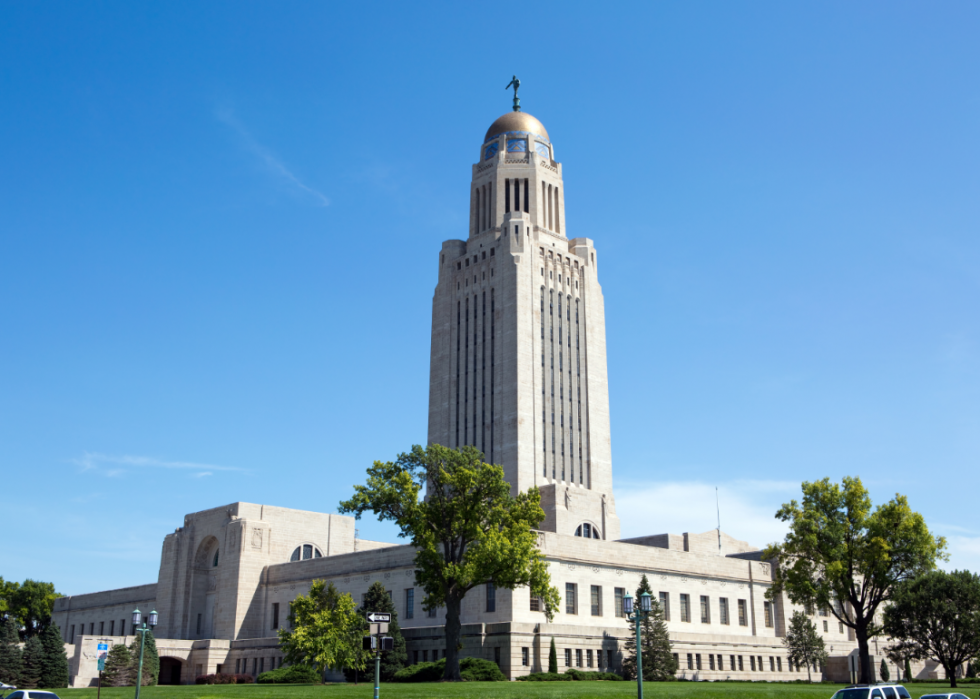
Nebraska
Nebraska saw 20% of its vote cast by mail for the 2018 election. There isn’t yet a statewide directive from Nebraska to expand mail-in voting. However, counties are taking action to expand access.
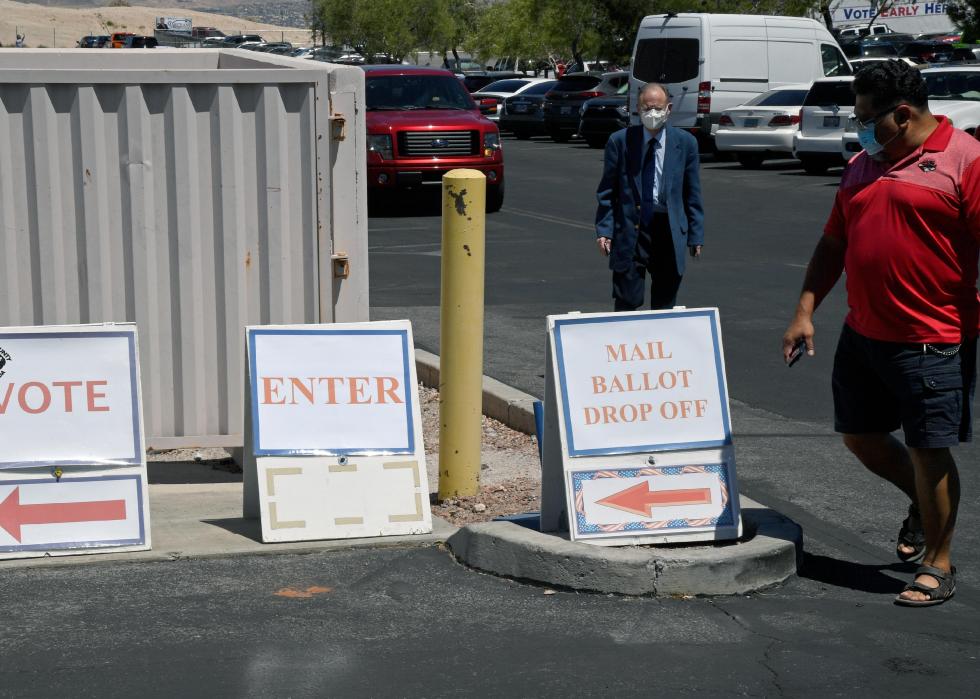
Nevada
For the 2020 June primary, Nevada mailed all active voters absentee ballots and limited polling locations to prevent the spread of COVID-19. Even so, in-person voters in Las Vegas and Reno, Nevada, reported lines up to 8 hours long. For the general election, Nevada passed a bill to send all registered voters absentee ballots once again. In response to this move, Donald Trump tweeted that this decision was “an illegal late-night coup” intended to favor Democrats in the election.
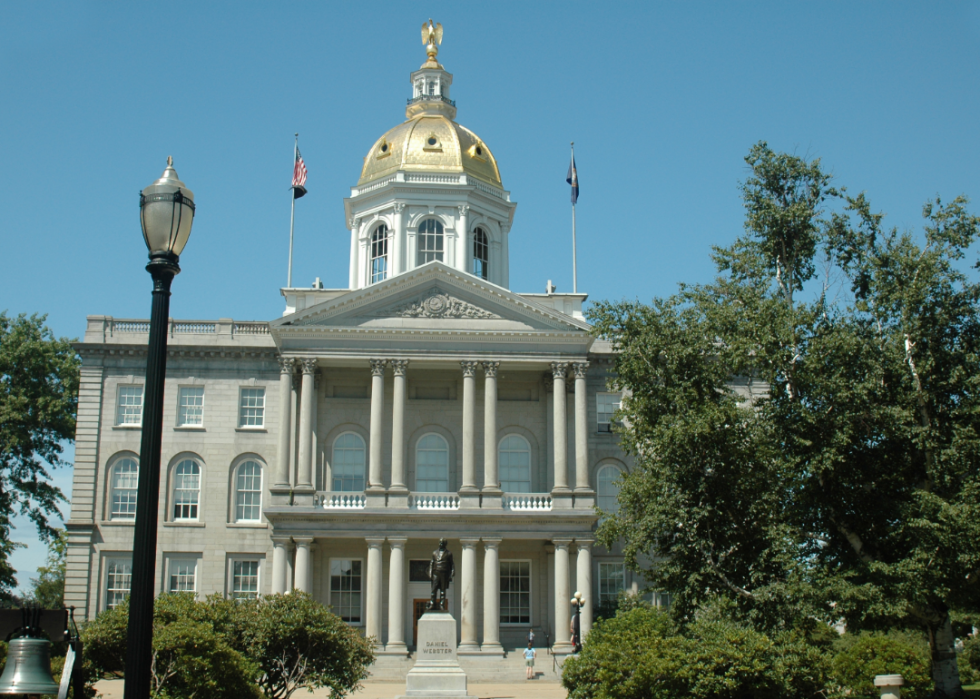
New Hampshire
For this year only, New Hampshire will allow absentee ballots for both the state primary election and the November general election. Those interested in receiving ballots must fill out applications, which includes an option for those concerned about voting in-person due to the coronavirus. For voters wondering if their votes were counted, New Hampshire runs a “Voter Look-Up” site.
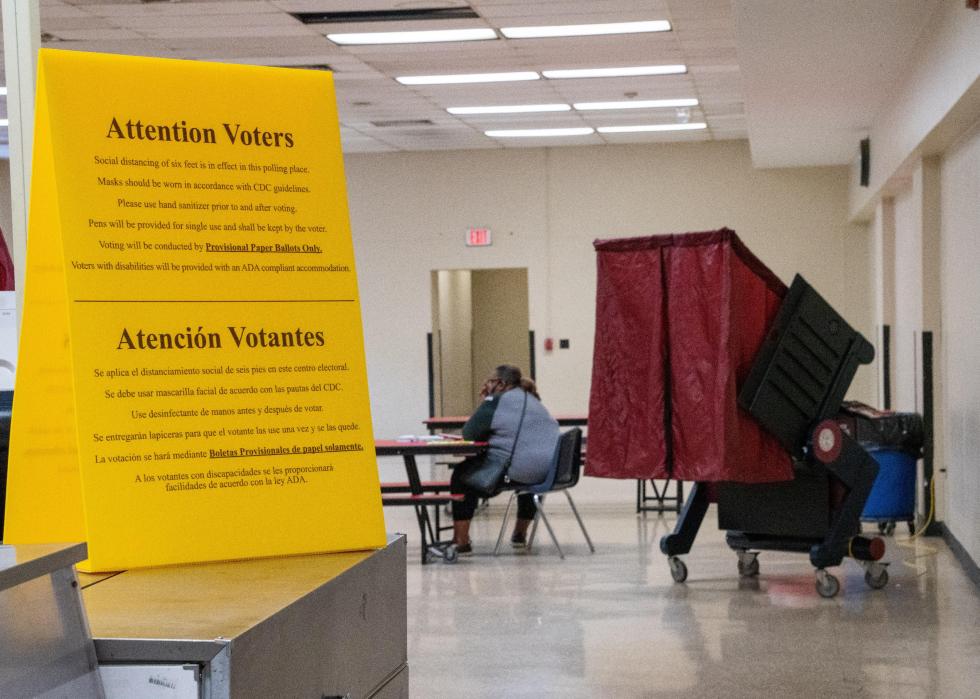
New Jersey
During the July primary, New Jersey ran into a few problems, including misprinted ballots and mail delays. Officials say that they expect voter awareness will be higher for November and that they will be able to better prepare. Among other things, clerks' offices are ordering more mailing supplies than usual to accommodate absentee voters.
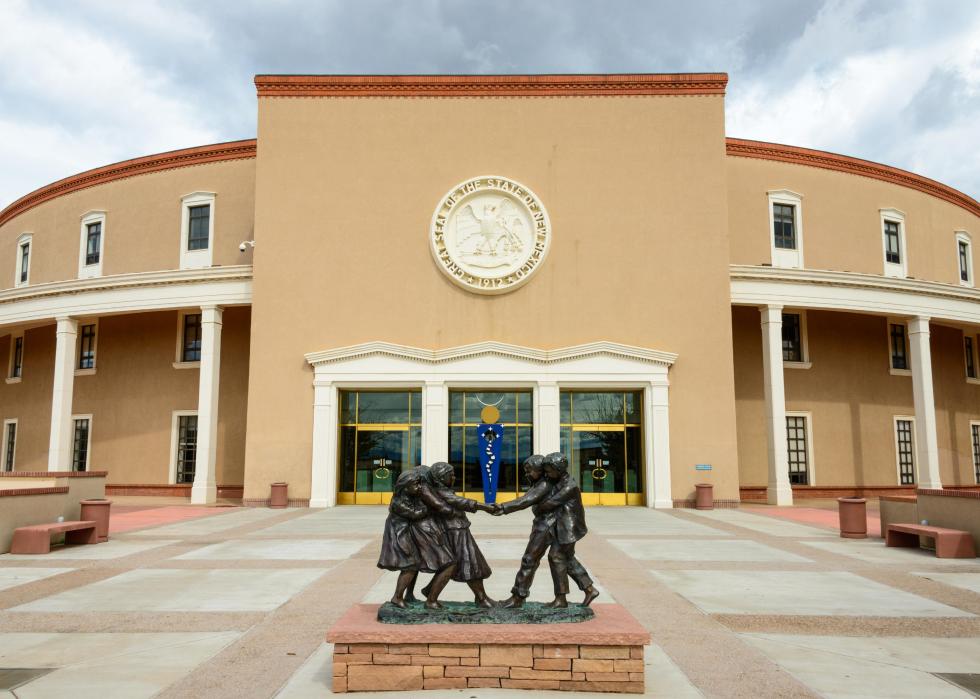
New Mexico
After President Trump tweeted about potentially delaying the November election, the New Mexico secretary of state refuted it and said that the election will be “safe and secure.” In the general election, New Mexico will allow for both in-person and mail-in ballots.
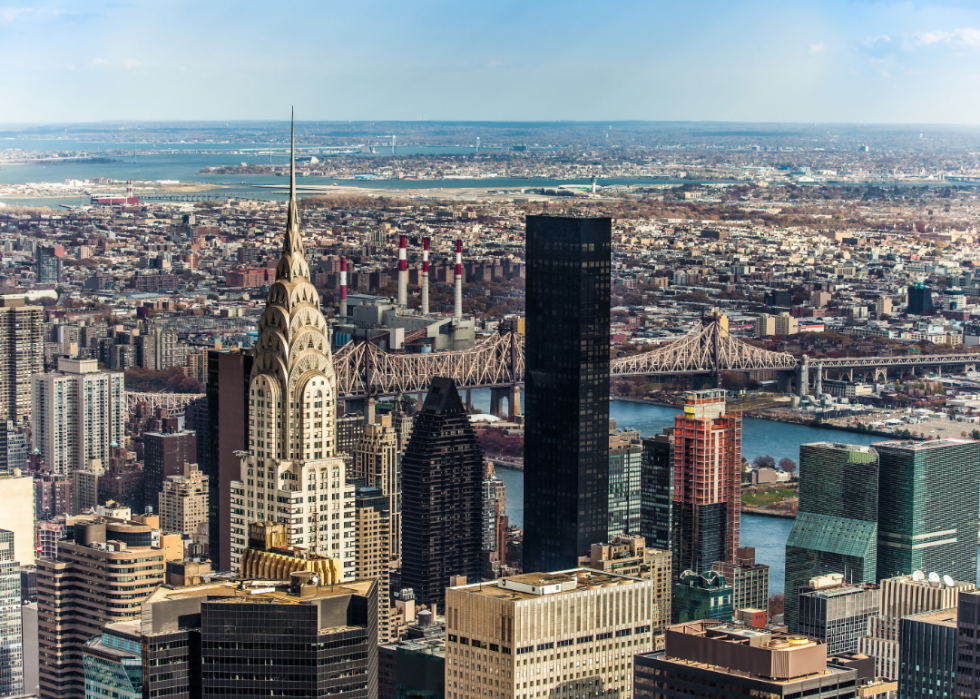
New York
This state’s primary has been held up by some as an example of how not to run November’s election. Though the state distributed mail-in ballots, officials did not expect the volume of absentee ballots received, which was 10 times more than usual. New York has reacted by offering some fixes for this fall, like counting ballots without postmarks and notifying voters of small ballot errors.
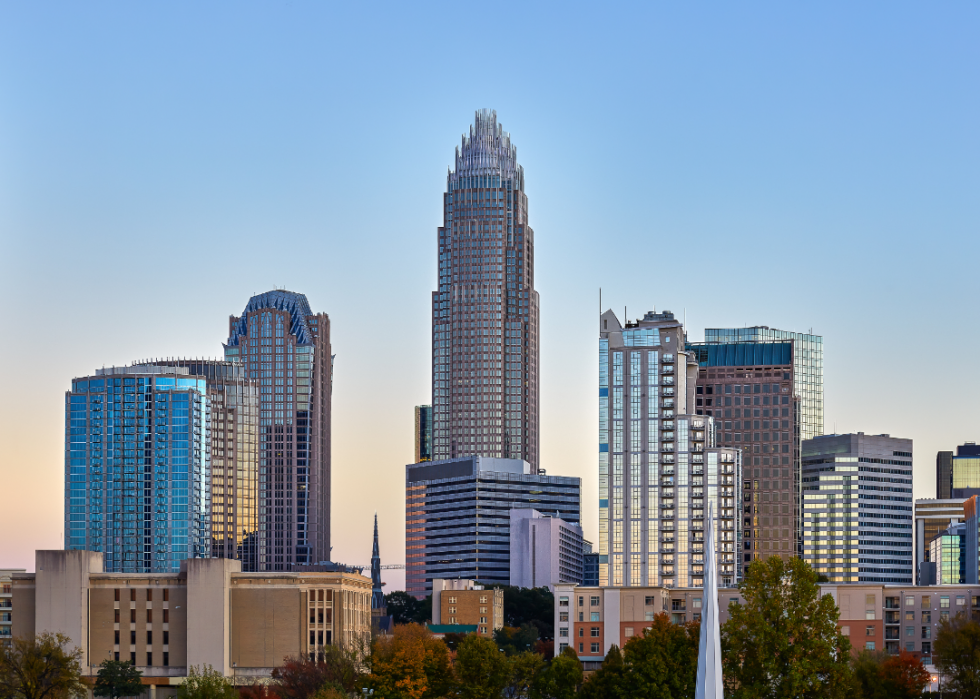
North Carolina
North Carolina expects a flood of absentee votes in the election, with up to 40% of votes cast in that fashion. In May, the state’s representatives passed a bill to make doing so easier, and to provide millions of dollars in funding for cyber security and meeting health concerns at physical polling locations.
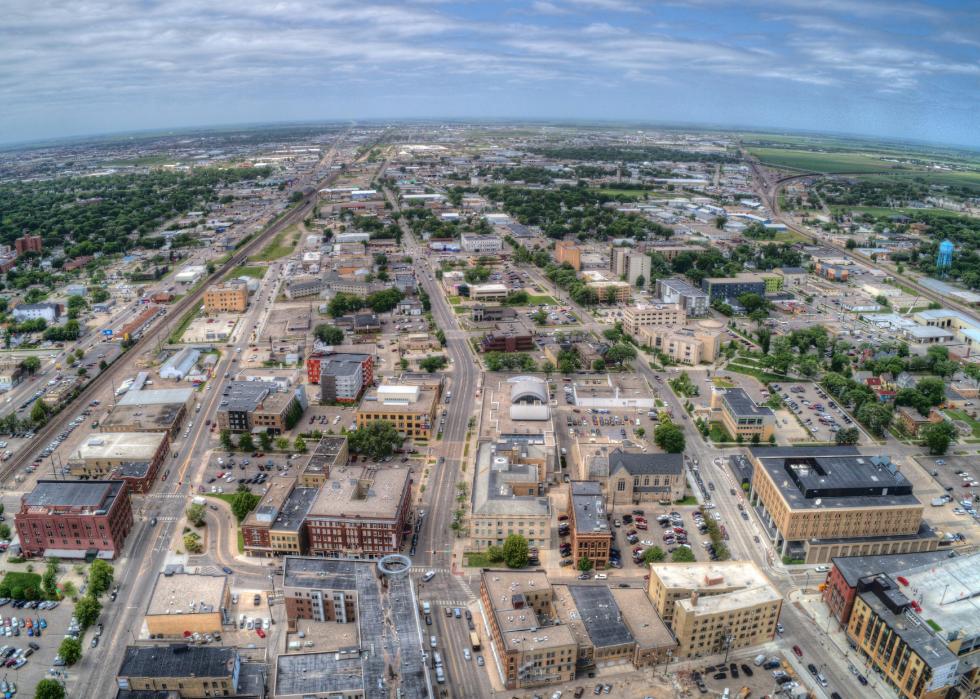
North Dakota
In North Dakota, with a population of 760,000, a whopping 150,000 voters who asked for a mail-in ballot for the primary also applied for one for November. Still, election officials say they plan to keep physical polling locations open, too.

Ohio
Because Ohio likely won't have an all vote-by-mail election, hundreds of health care workers signed a letter asking the state to enforce certain protections for voters and poll workers. That includes providing masks for voters who don't have one, requiring hand washing or sanitizer upon entry, allowing special protection for those with health conditions, and erecting plastic barriers for certain poll workers.
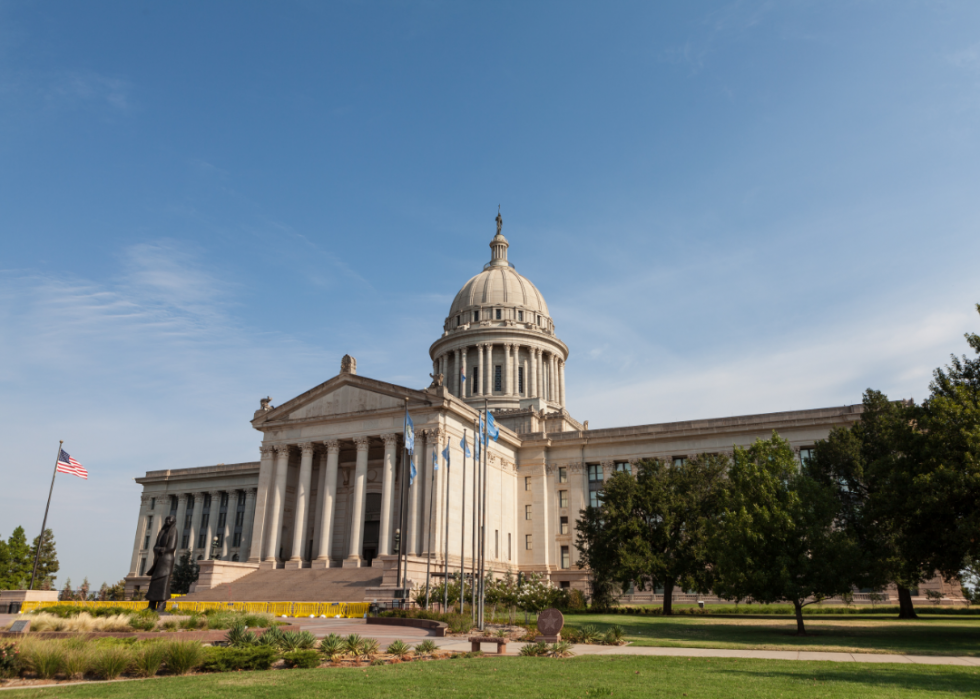
Oklahoma
Any registered voter in Oklahoma can apply for an absentee ballot, and the state provides a tracker to ensure votes are counted. The state already did not require excuses for obtaining such a ballot, and officials already handled a record number of mail-in votes for the June primary election.
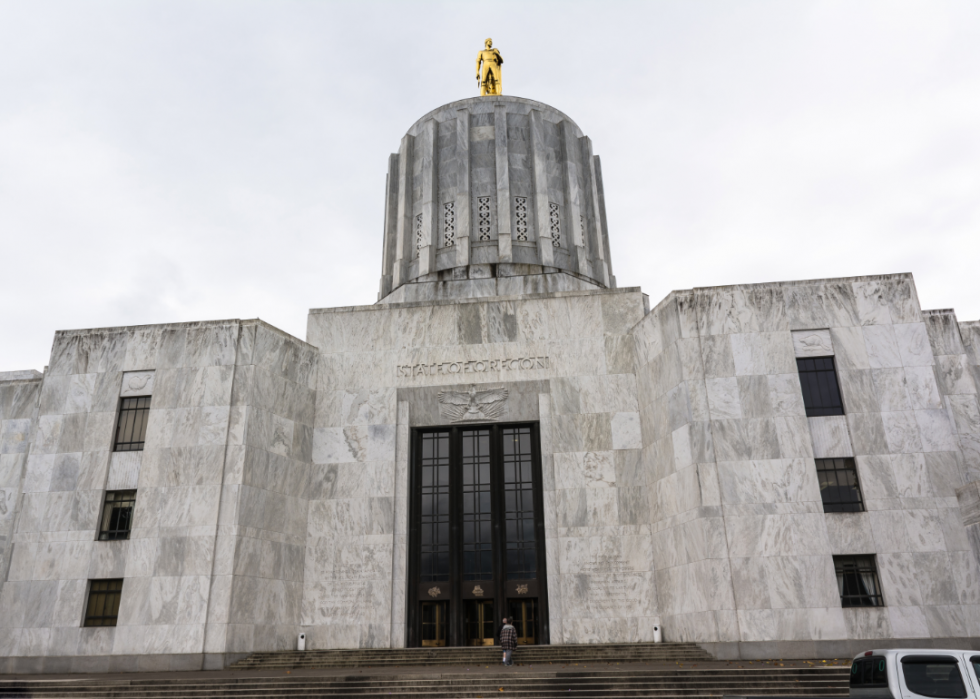
Oregon
In 2000, Oregon was the first state to standardize mail-in ballots. As such, the state didn’t run into many long lines at polling locations during its primary election and even included return postage for its mail-in voters. However, officials say they’re working to increase cybersecurity in the lead-up to November, especially in regard to threats from ransomware, which could jam up voter registration databases or vote-reporting systems.
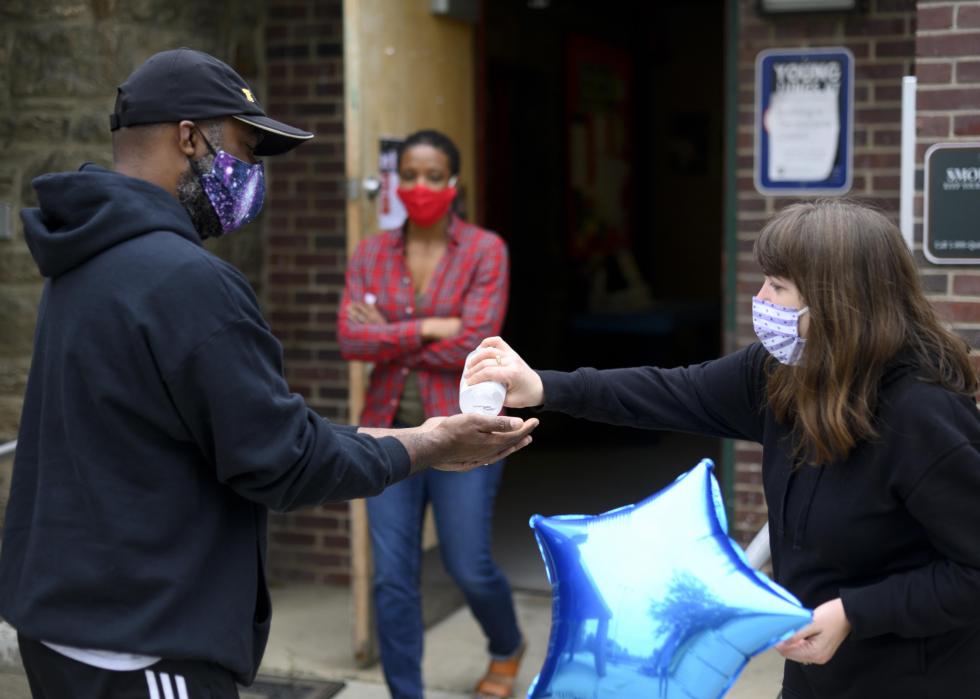
Pennsylvania
A boom in mail-in ballots is making Pennsylvania state officials reevaluate how they’ll run things in November. For example, officials are asking counties to distribute mail-in ballots sooner and to also permit ballots to be counted as long as they are postmarked by Election Day.
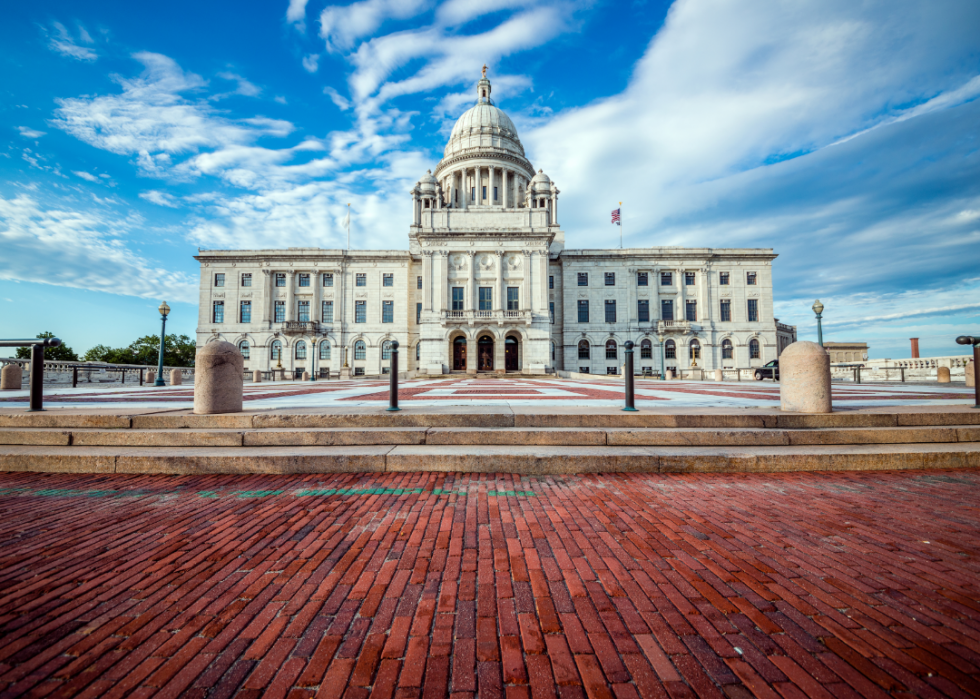
Rhode Island
Rhode Island has assembled an 18-person task force to evaluate its June primary election—one in which 83% of votes were cast by mail—and to prepare for the fall. So far, the task force has proposed additional early voting days, getting more poll workers on board, providing secure drop boxes for mail-in ballots, and expanding voter education materials.
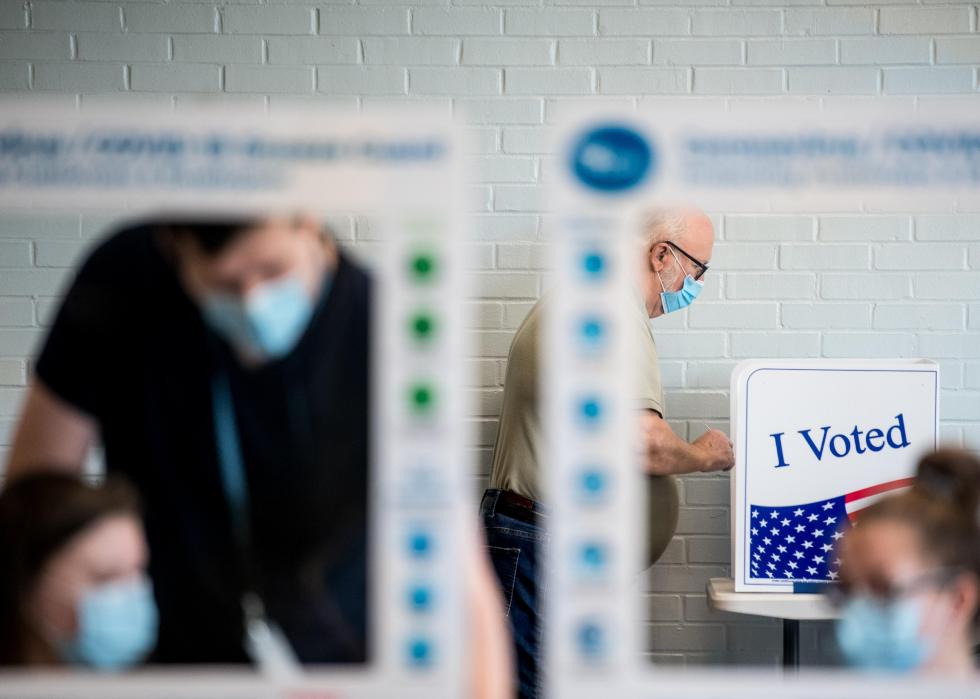
South Carolina
The head of South Carolina's election commission has called for action on several measures to ease the strain of absentee voting and maintain social distancing at the polls. That reaction is warranted: In this year's primary, the state's absentee ballots rocketed 370%, as compared to four years ago.
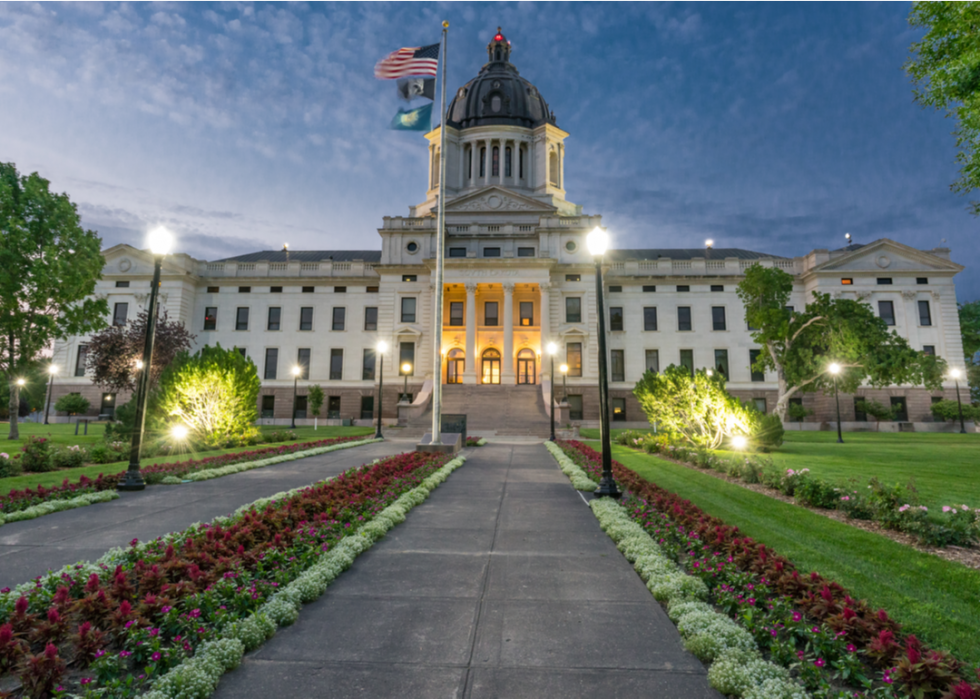
South Dakota
South Dakota’s primary saw approximately 50% of the votes sent in by mail. That’s due, in part, to officials sending absentee applications to registered voters. For the general election, the state will prepare to open absentee voting in mid-September and to go ahead with in-person polling on Nov. 3.
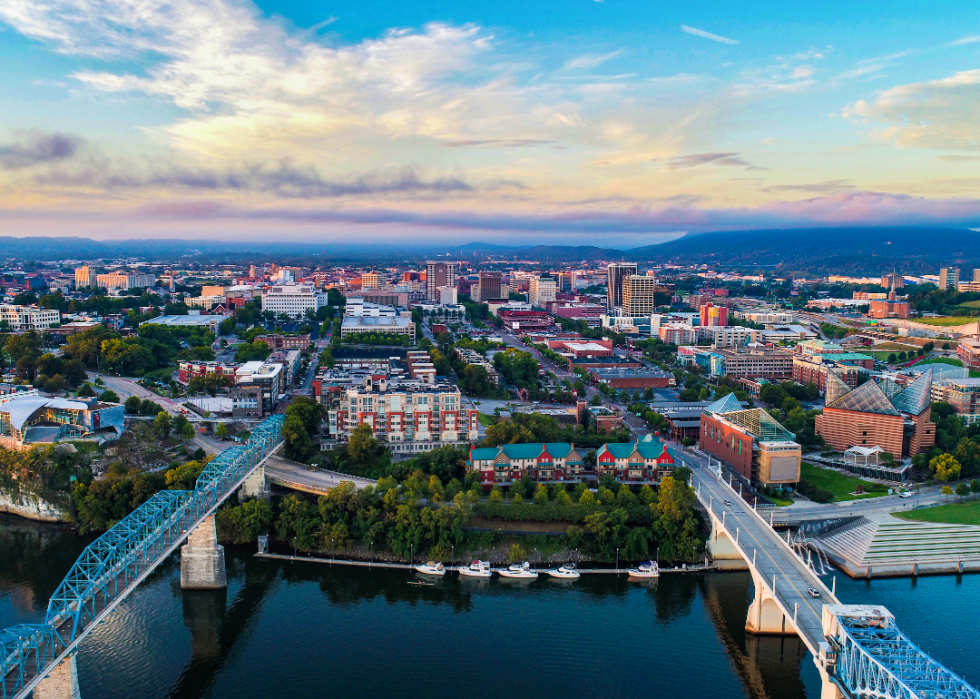
Tennessee
Things are in flux for Tennessee voters. Most notably, the state’s Supreme Court is examining whether concern about contracting COVID-19 will be allowed as an excuse to get an absentee ballot. The state has pushed back, questioning, among other things, the cost and whether it can print enough ballots.
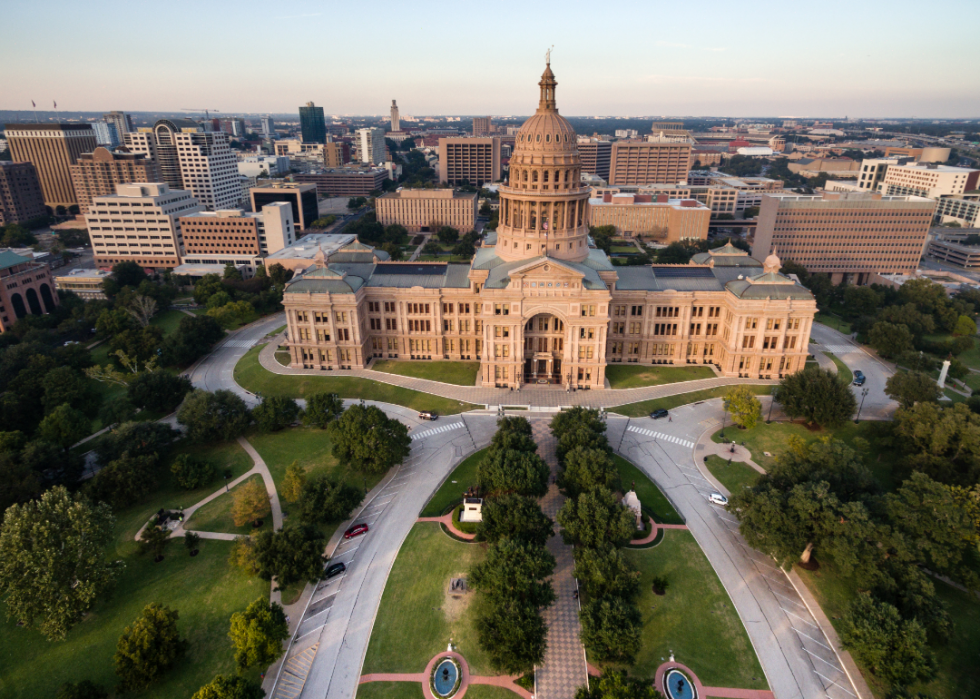
Texas
Voting has been extended by six days, pushing back the start date for early voting to Oct. 16. However, Texas still requires an excuse for absentee ballots, and there’s conflict about whether that rule will be relaxed for the general election.
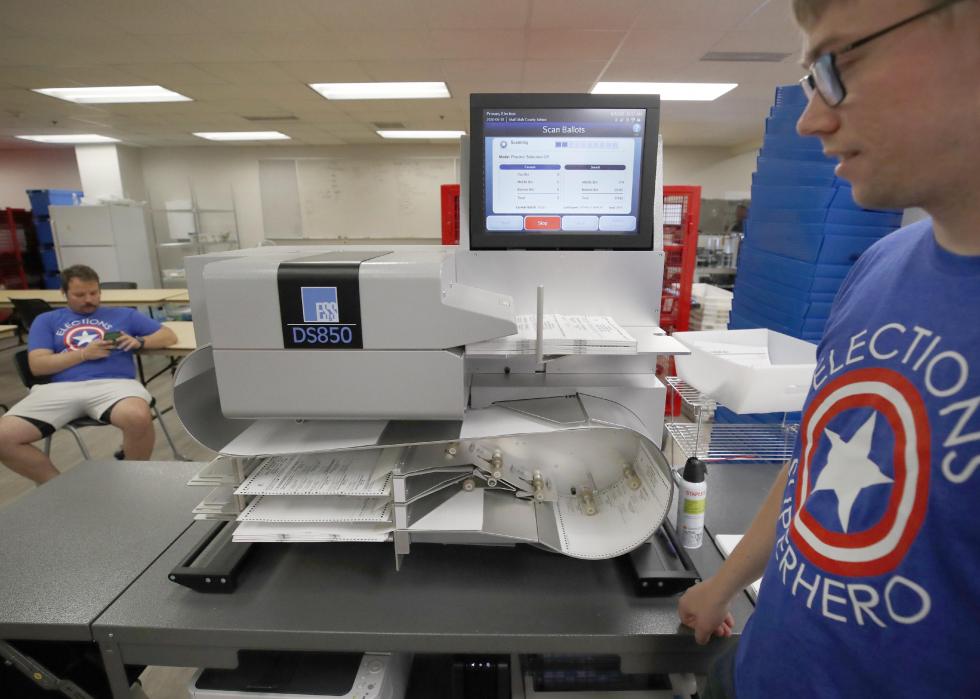
Utah
All registered Utah voters will automatically receive a mail-in ballot for the November election. Barring something unprecedented, the state should be prepared for a large number of absentee votes, too. Even in 2016, the majority of voters chose this option.
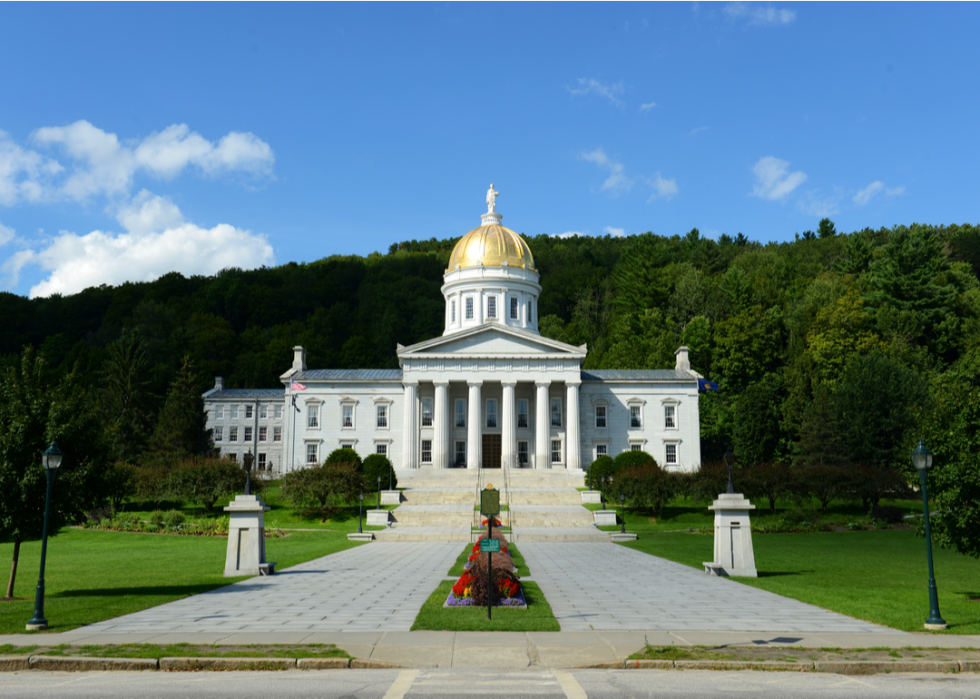
Vermont
Vermont's secretary of state joined 10 others in requesting additional funding from Congress to improve voting access. Vermont is among the states that expect higher-than-usual costs to make polling secure and safe amid a pandemic and an election with a high expected voter turnout. This year, Vermont will also send absentee ballots to all registered voters.
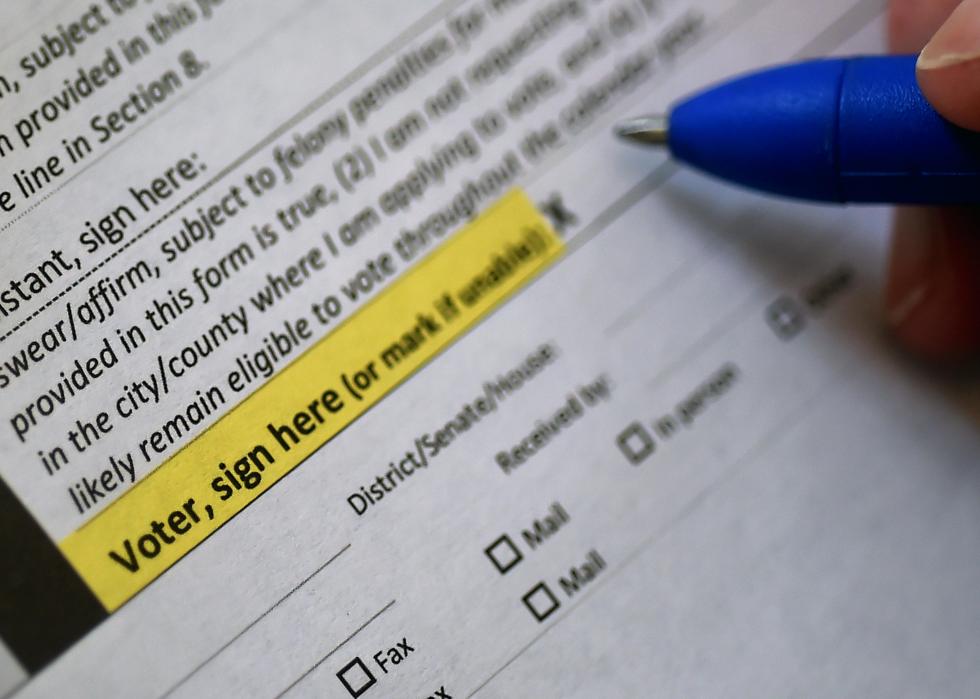
Virginia
Virginia is instituting measures to ease the burden at polling locations on Election Day. Voters won’t need a reason to request an absentee ballot and can cast their ballots early, too. Early votes can be cast in-person any time from Sept. 18-Oct. 31.
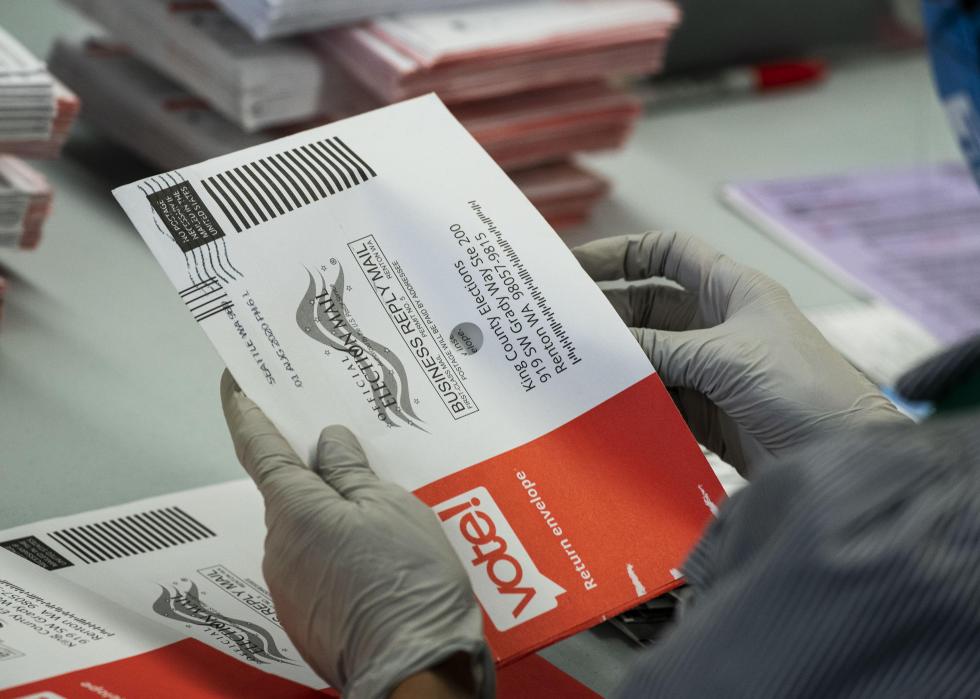
Washington
For many years, voting by mail has been a constant in Washington, where vote-by-mail elections were first conducted as early as the 1980s and voting by mail has been the default since 2011. At ballot-sorting locations, workers have temperature checks, wear masks, and sit far apart.
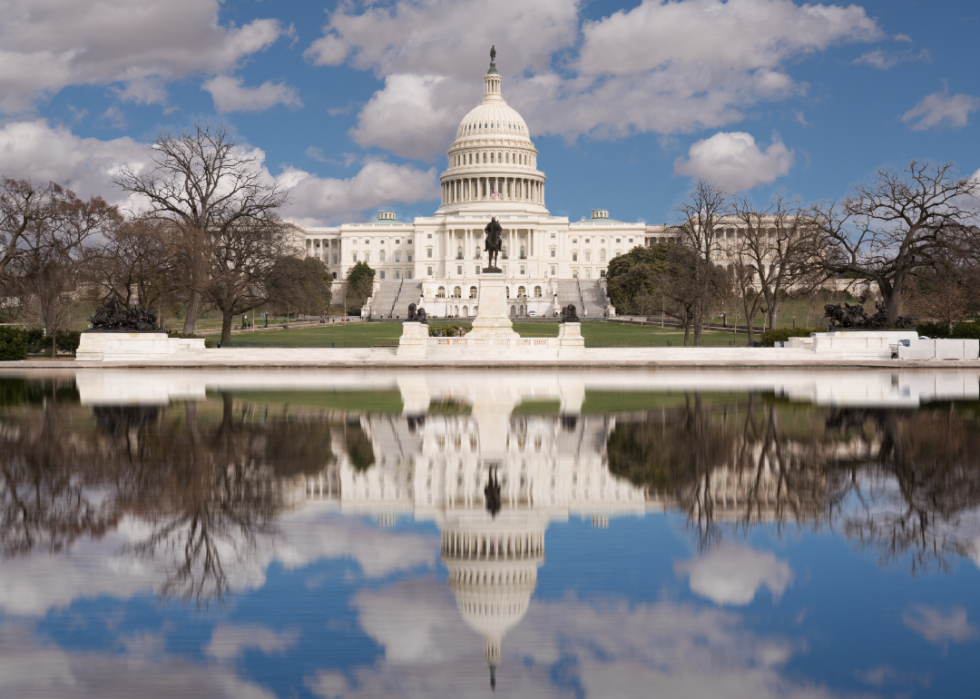
Washington D.C.
In America’s political hub, voting by mail is encouraged to ease the burden on physical polling locations and all registered voters will get an absentee ballot in their mailboxes. The DC Board of Elections even devised a Vote Safe DC campaign as a direct response to the pandemic.
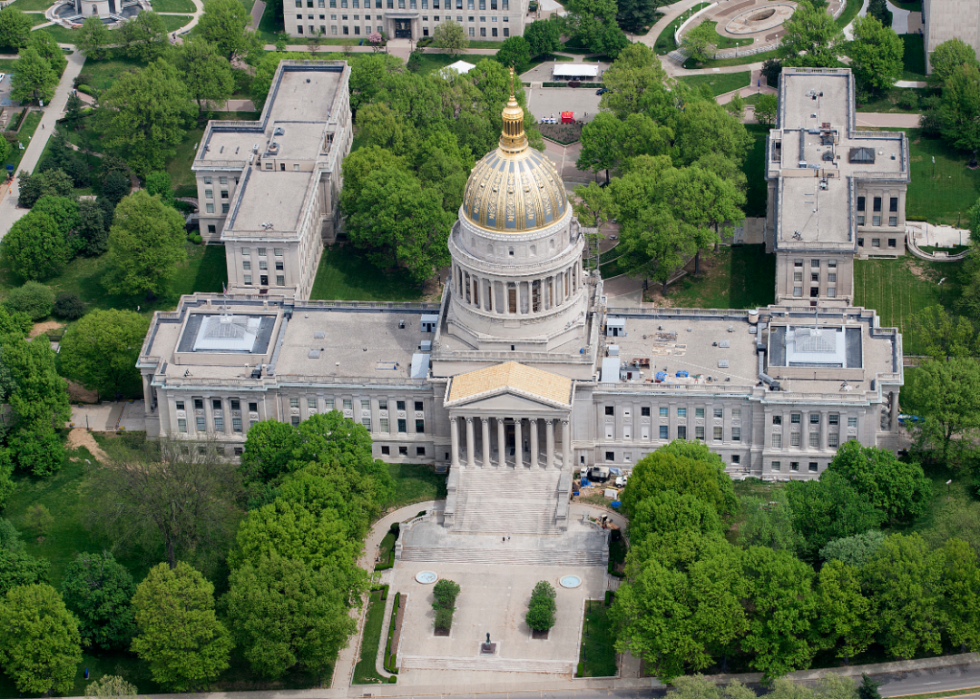
West Virginia
West Virginia received $2.8 million in relief funds to ease the expense of enforcing safe elections in November. This money will cover the price of additional absentee ballots, printing costs, and protective gear for poll workers. The pandemic is one of the state’s allowed excuses for absentee voting, and the primary saw about half the votes cast by that method.
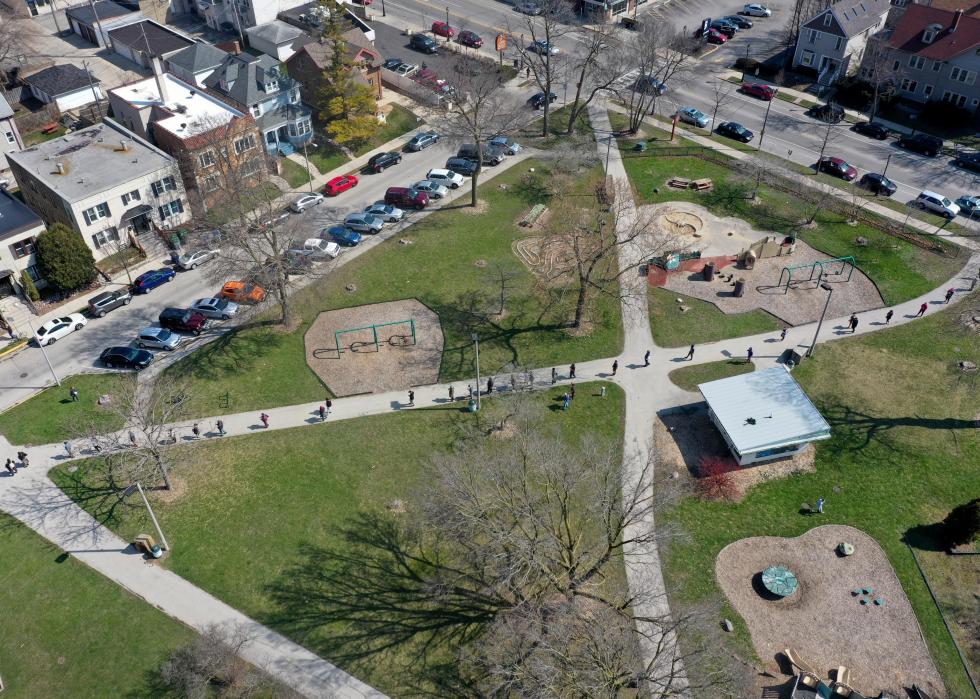
Wisconsin
Wisconsin allows for absentee voting and does not require an excuse, but both the voter and a witness need to sign the ballot envelope. Because of that and other common mistakes, nearly 23,000 ballots were discounted in the April primary. Because of this, the Wisconsin Elections Commission is ramping up a campaign to remind voters of how to properly cast absentee ballots.
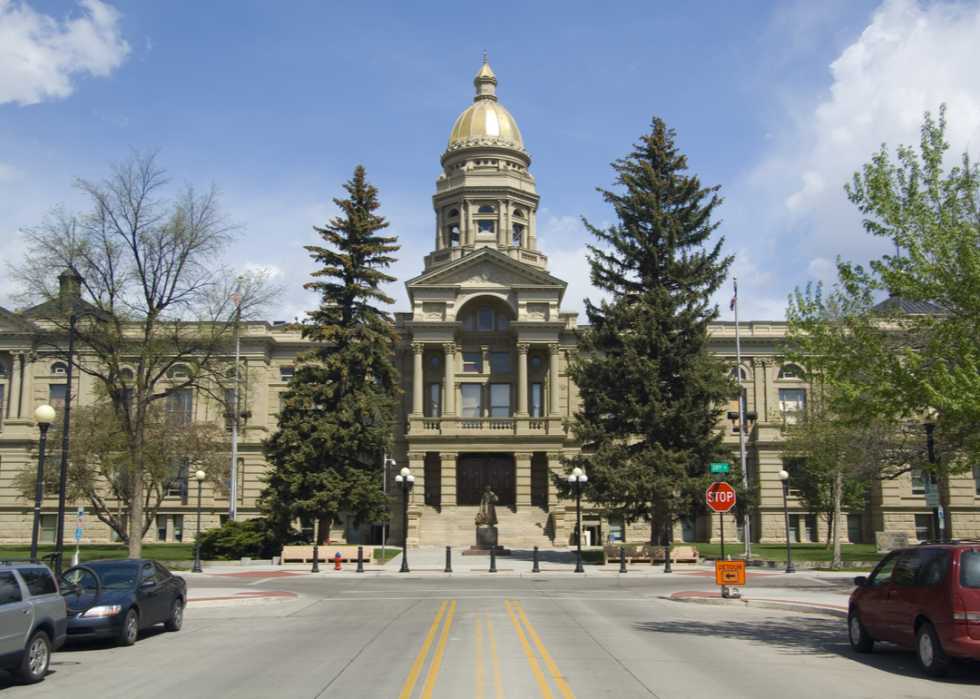
Wyoming
Wyoming has the smallest population of any state in the United States and is the least densely populated, too. Good thing voters don’t need to worry about getting to a physical polling location. This state allows any registered voter to submit an absentee ballot, as long as it’s received a day before Election Day.



